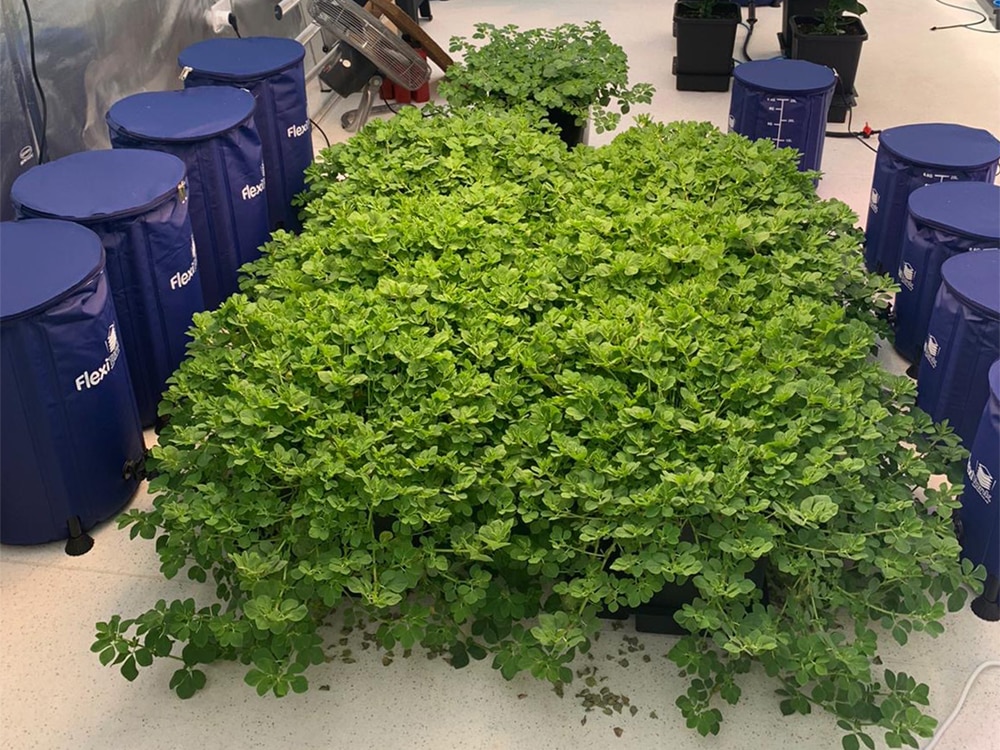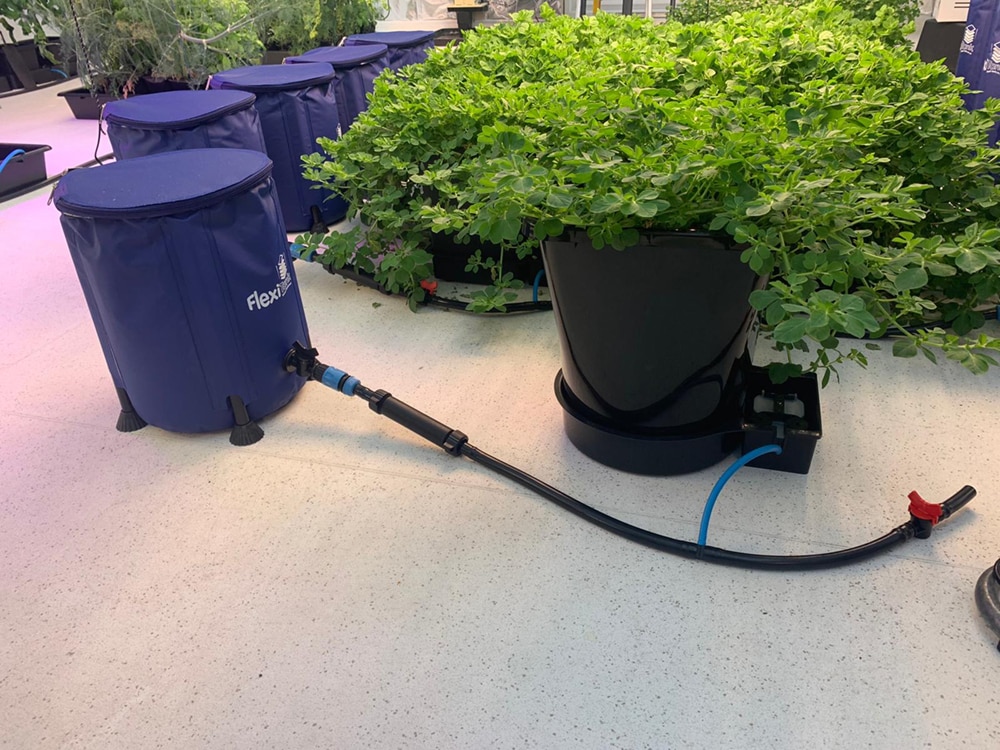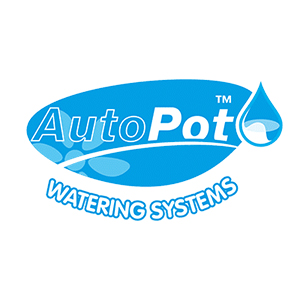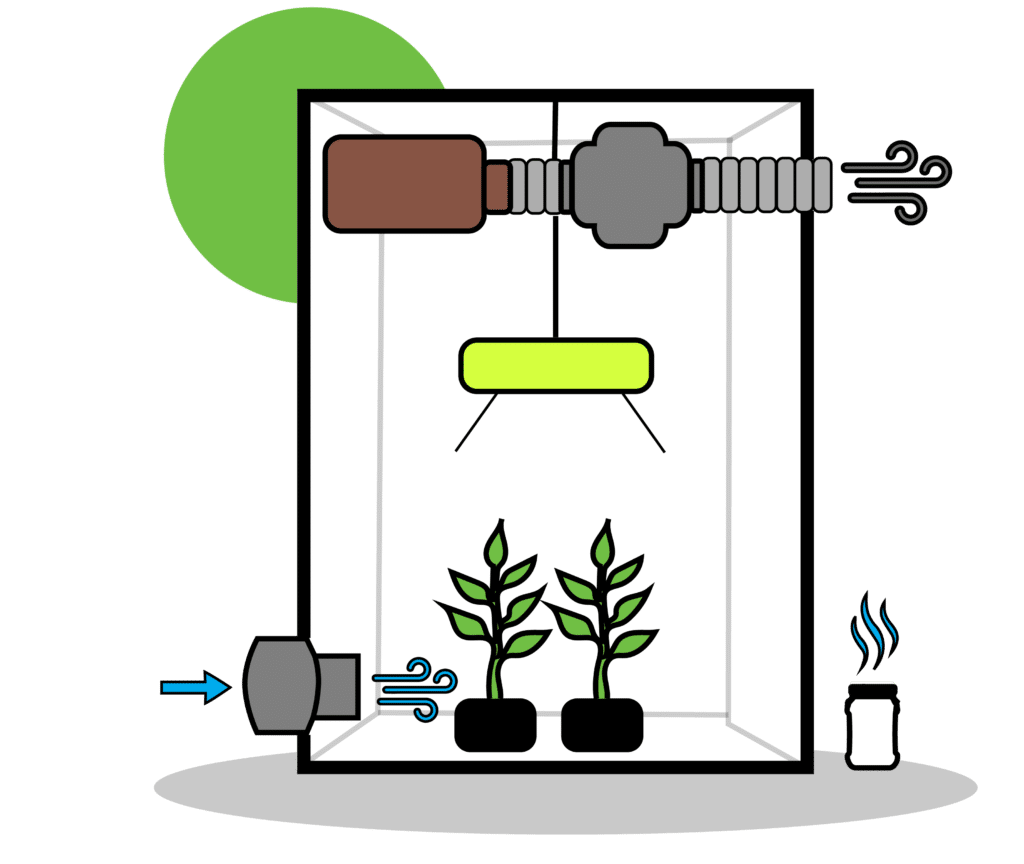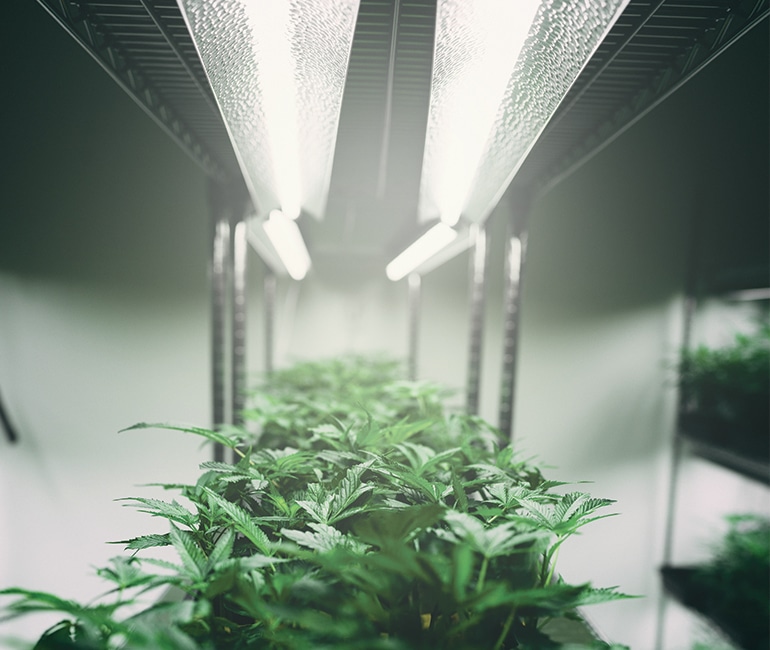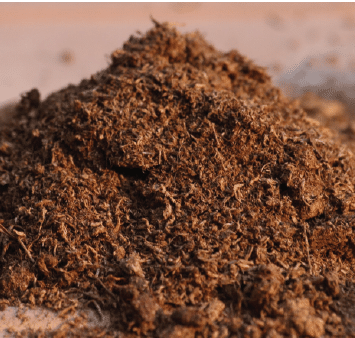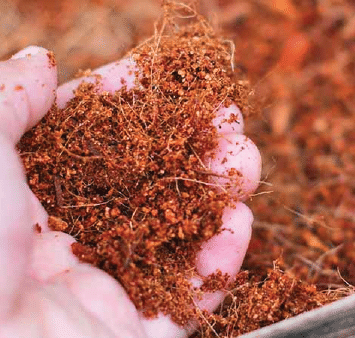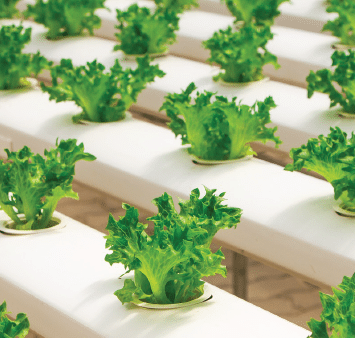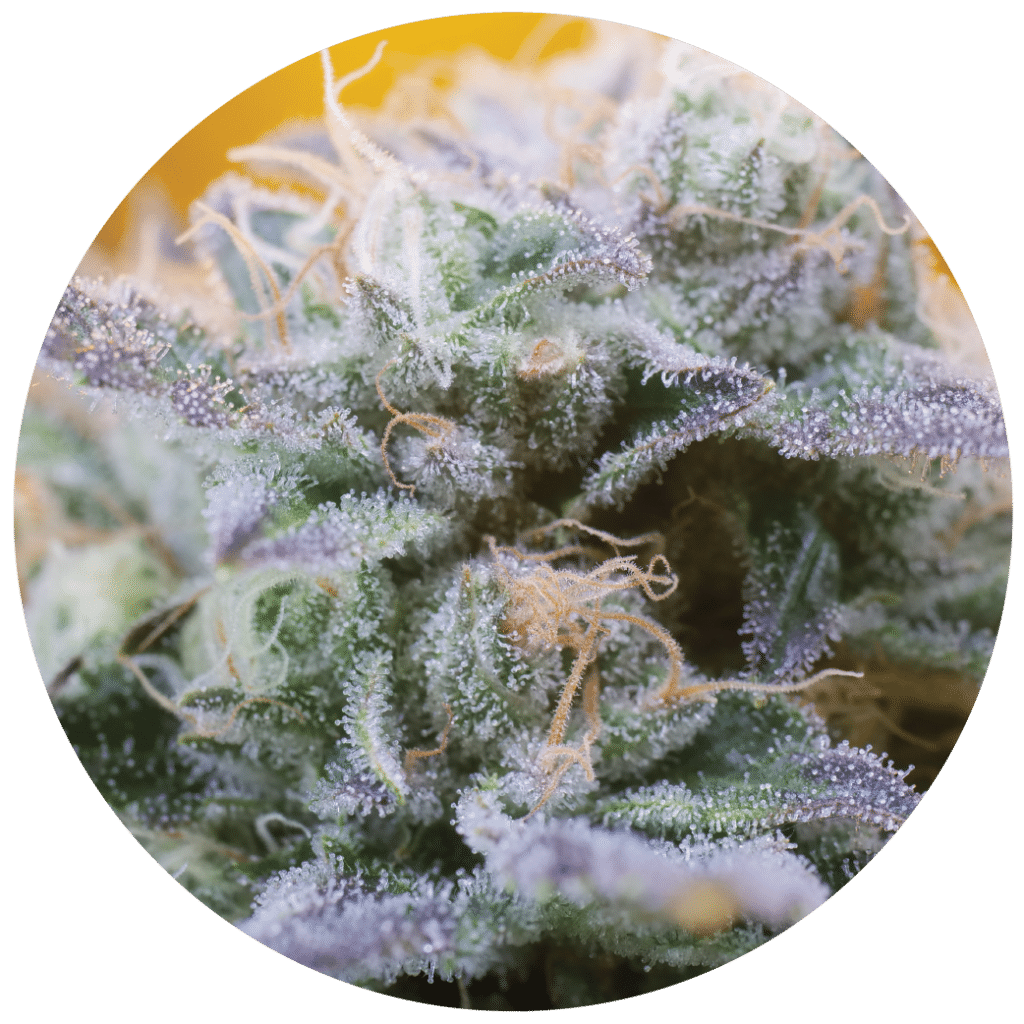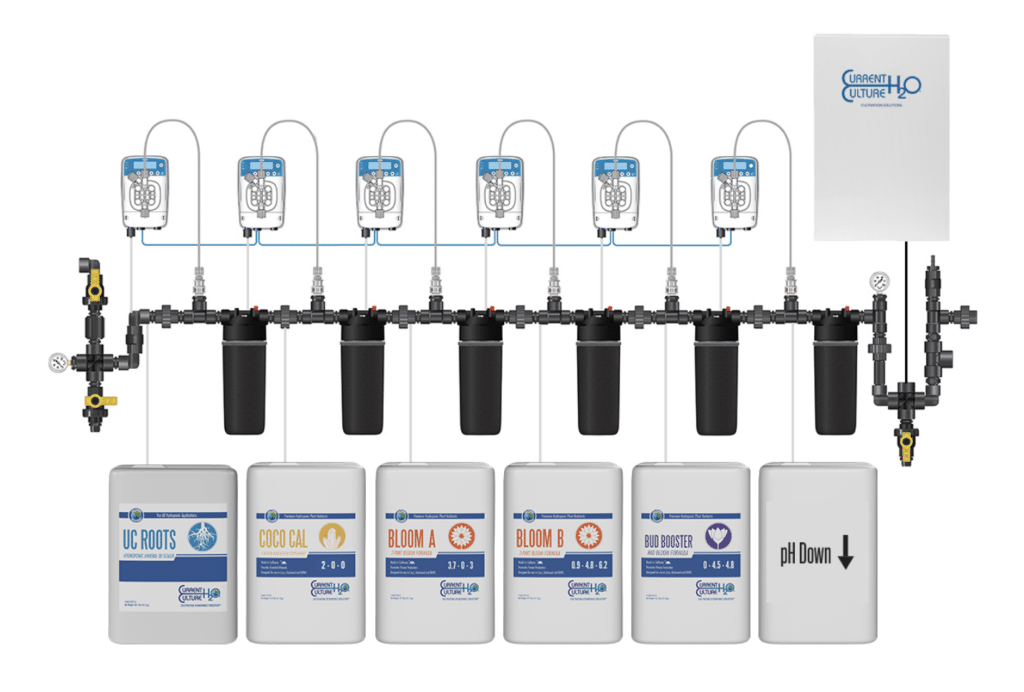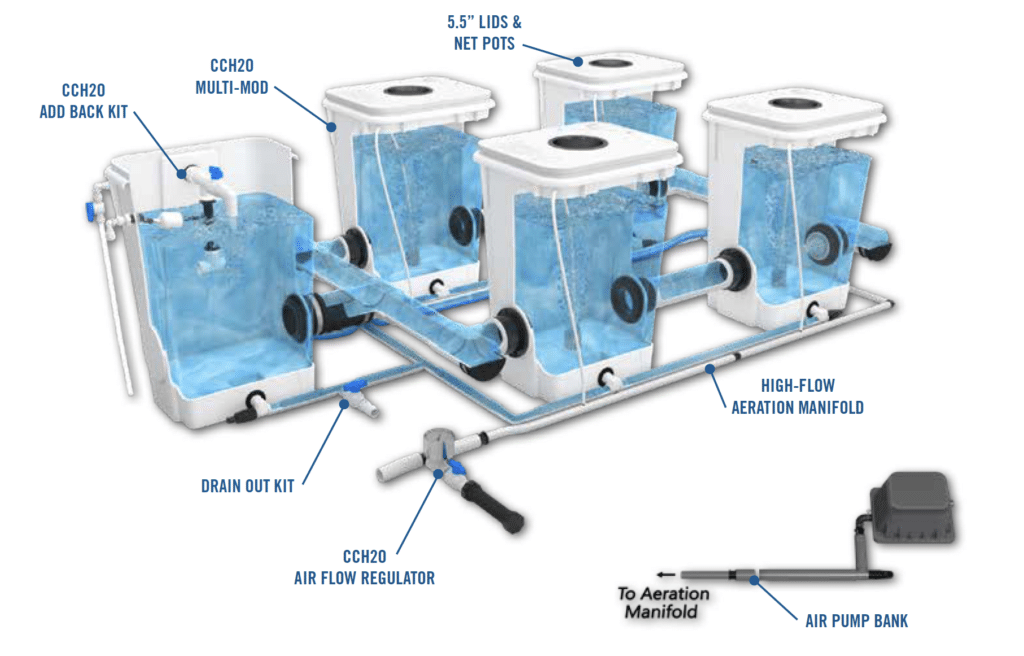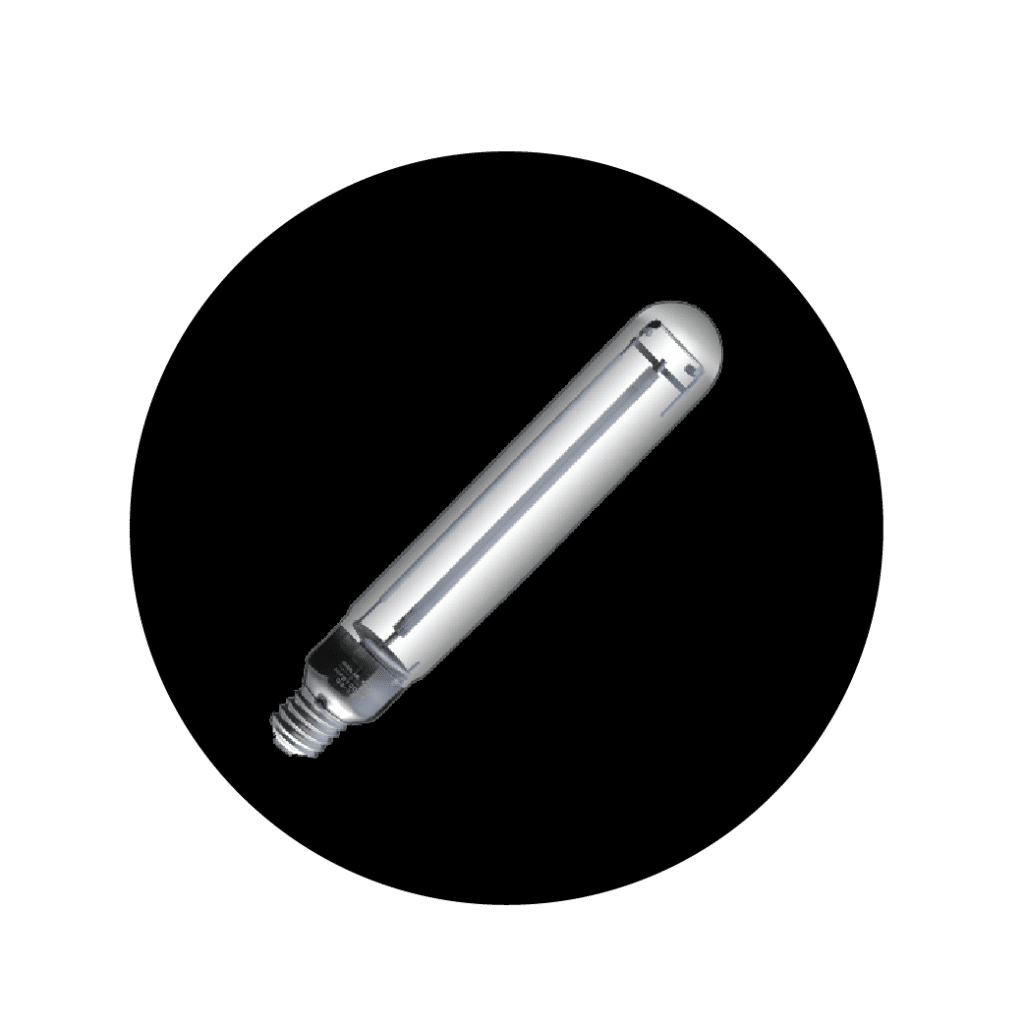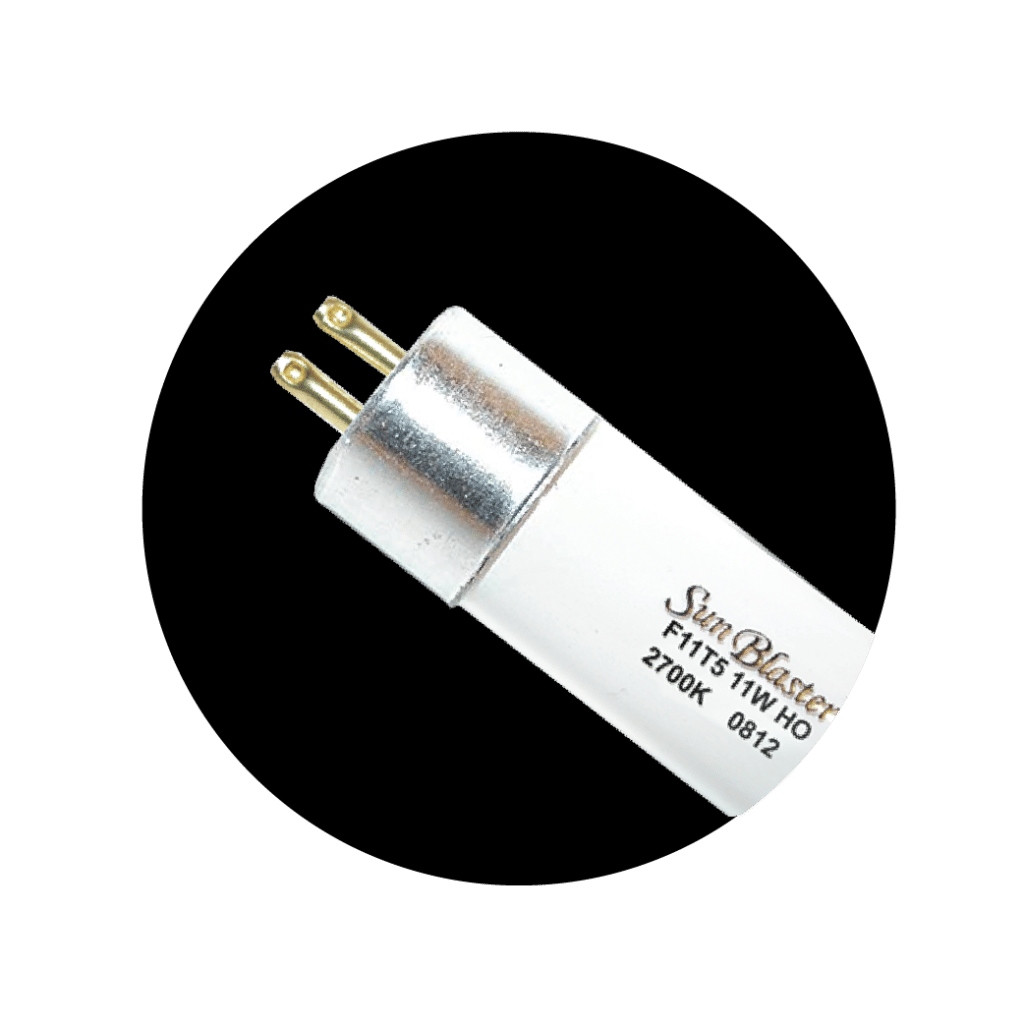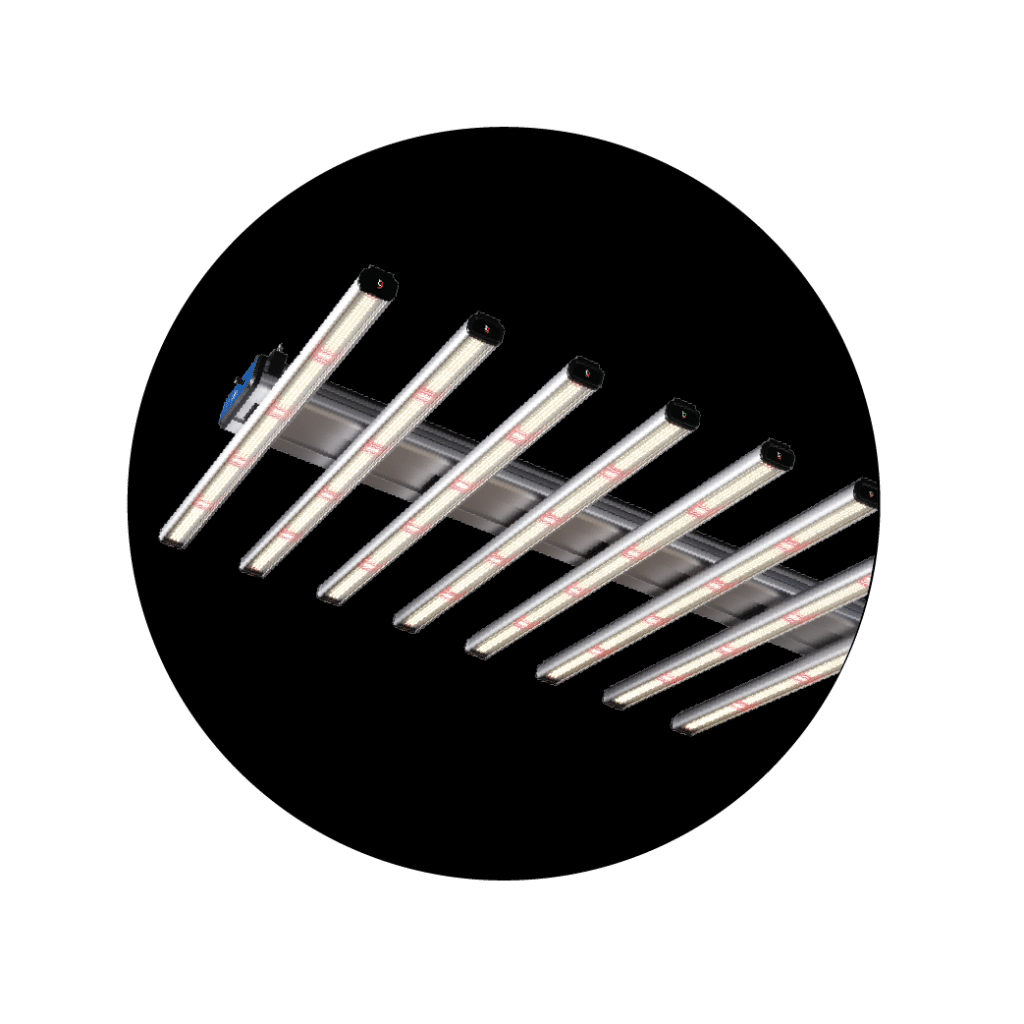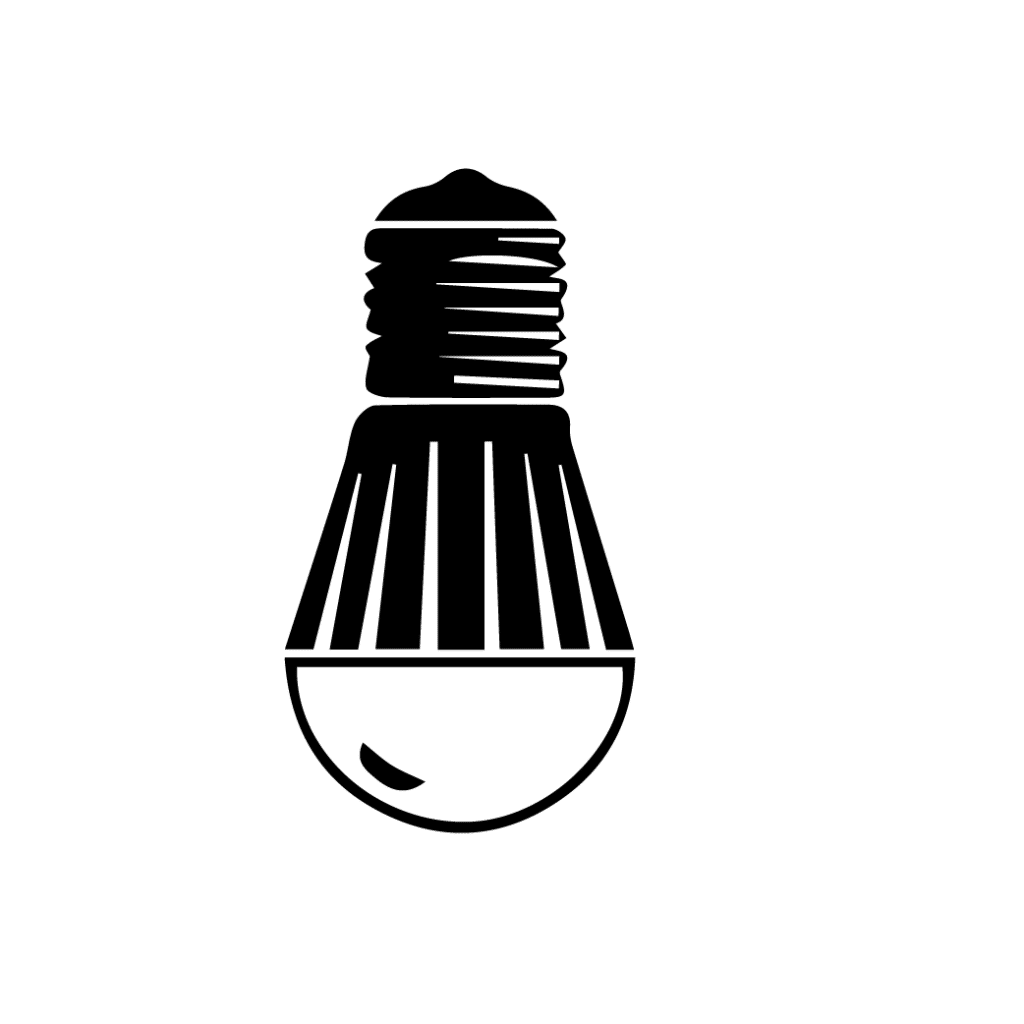What to Look for in a High-Quality LED Grow Light

Veteran growers understand that HPS, MH and CMH lights are the kings of the indoor garden. They offer growers heavy harvests, consistent production and reliable results. In short, HID lighting may always be a standard in the industry that other lighting manufactures must compete against. However, just because HID lighting has dominated the industry in the past, doesn’t mean all growers will continue to rely on older, less advanced lighting technology. LED technology has finally progressed to a point where it can compete directly with HID lighting. Not only can high-wattage LED’s compete directly with HID’s in terms of yield and quality output, but other benefits including energy savings, heat reduction, unique spectrum capabilities, controllability and manufacturer-backed warranties all contribute to the LED phenomena sweeping across the industry.
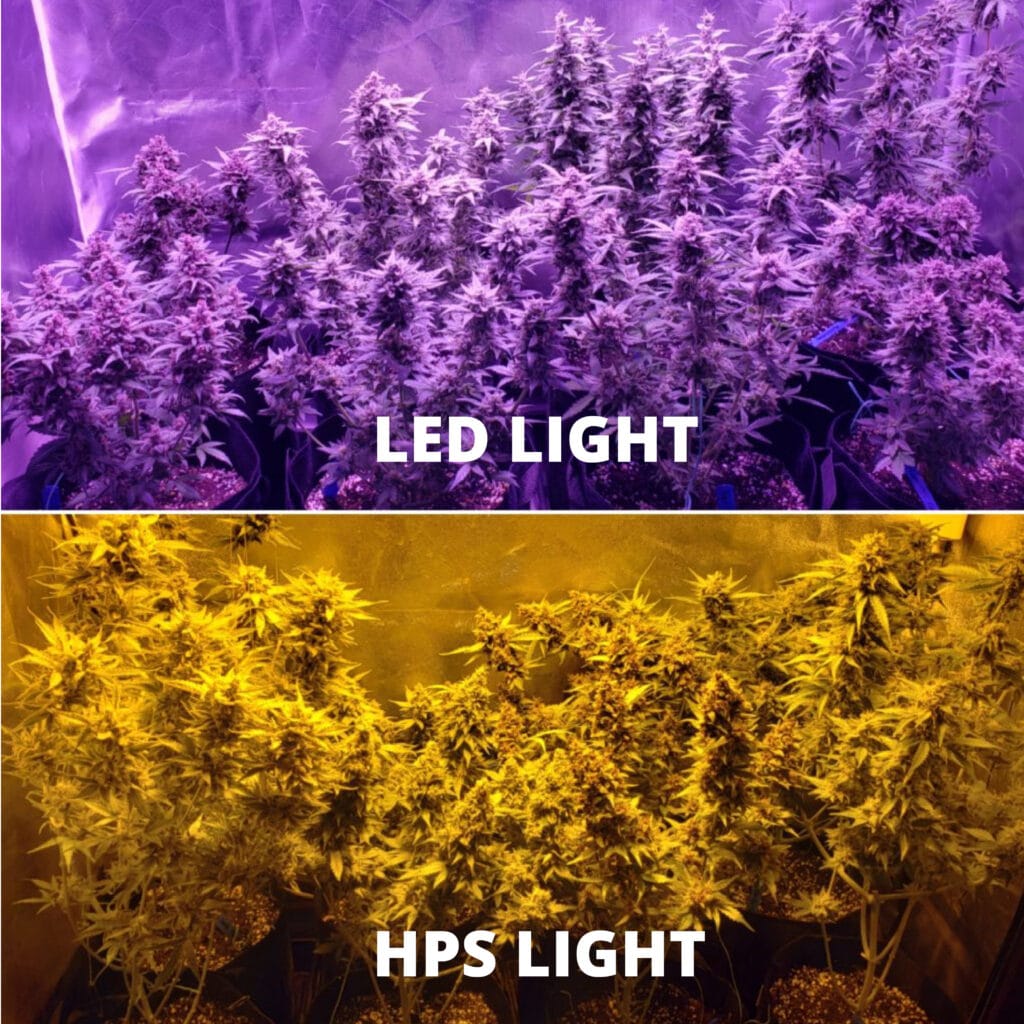
But what should you look for in a high-quality LED? Let’s take a look at some of the unique features of the LEDs available at GreenPlanet Wholesale.
Energy Saving Capabilities
Energy savings means cost-effective growth. Unlike HID lighting, LED grow lights use only 30-40% of the power they output. New technologies are continually improving and figuring out new ways to become more efficient. This is the simplest truth about making the switch to LED lighting technology.
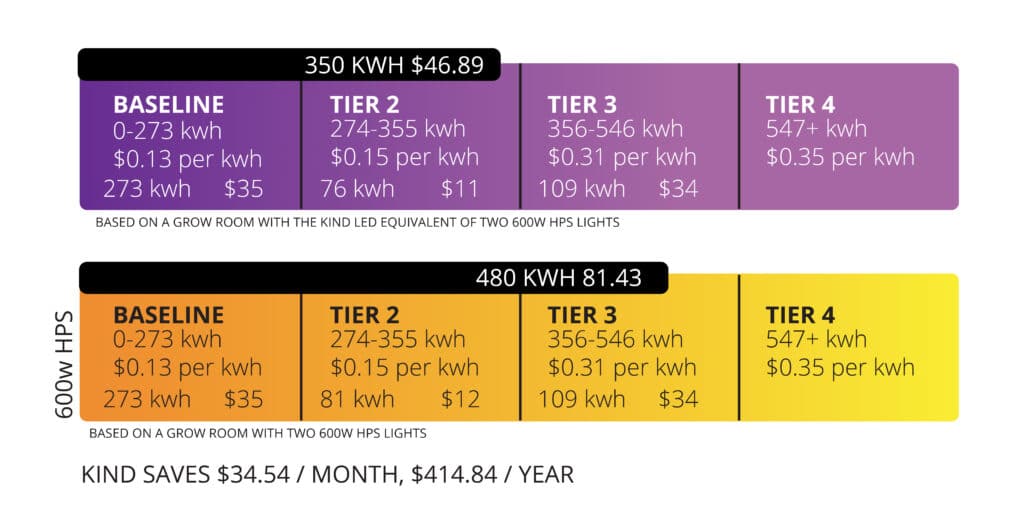
Take Kind LED as an example. The Kind K5 XL1000 Wifi is a full spectrum LED, loaded with features like external command capabilities, unique UV diodes and a fully customizable spectrum. However, just like all other LEDs, Kind’s XL1000 has the potential for amazing energy savings. Because this LED has the equivalent output and intensity of two 600 watt HPS lights and only consumes around 30-40% of its wattage capacity, growers can save an average of $35 dollars a month at an energy cost of 0.13 kWh – that’s savings of over $400 a year! With these energy savings in mind, it’s easy to see why large-scale operators have quickly begun to swap their traditional lighting systems for more advanced LEDs.
Heat Reduction
Compared to HID lights, high-quality LEDs are also extremely low heat. This benefit can mean savings on two fronts: first in the upfront cost of cooling and ventilation equipment, and later in the savings associated with power consumption. For example, a single HPS light requires hundreds of dollars in costs associated with ventilation – fans, ducting, digital monitors are all necessary for managing the heat-load produced by HIDs. This cost, however, can be easily avoided by powering your small garden with high-quality, low-heat LEDs. At scale, these savings are exponentially exaggerated, savings growers not only the upfront costs of buying and installing air conditioners but also the long-term costs associated with powering expensive cooling equipment.
Unique Spectrum Capabilities
A high-quality LED should also have full, or unique spectrum capabilities. A full spectrum LED, like the ThinkGrow LED Model-H, provides plants with a balanced spectrum of blue, yellow and red. It also comes with a control function, allowing gardeners to access unique deep reds in flower at the push of a button. The spectrum tuning feature of the Model-H allows growers to experiment with spectrum recipes for different crops and different stages. It can be achieved by the onboard dimming knob or external controllers.
Controllability
Some of the best LED manufacturers include both internal and external control functions. The Model-I, for example, can be easily controlled by TrolMaster’s environment controller, the Hydro-X. Not only can this device externally control the spectrum and timing capabilities of individual lights, but it can also control the capabilities of lights at scale. For example, the Hydro-X controller can manage and operate up to 256 ThinkGrow LED fixtures per channel.
.png)
Manufacturer Backed Warranties
The warranties offered by some of the leading manufacturers of LEDs prove that they understand and believe in both their product and their customers. Kind LED, one of the world’s largest producers of high-quality LEDs offers a 3-year limited warranty on their products. Kind LED grow light products are warrantied against defects in materials and/or workmanship for a period of three (3) years from the original date of purchase. During this warranty period, Kind LED will either repair or replace any covered, defective product. Within the first 90 days, Kind LED will incur all costs associated with the repair, or replacement, and return of the defective product. In short, these terms essentially guarantee a working LED fixture for a minimum of three years. Click here for more information on Kind LED’s Warranty Information.
This is only a brief list of the benefits of investing in a high-quality LED. Want to learn more? Contact one of GreenPlanet Wholesale’s representatives, or your local garden supply store for more information on the products and benefits listed above.
Works Cited
- Haze, N. (2008). ViparSpectra LEDs vs HPS Grow Journal. Retrieved May 4th, 2021 from GrowWeedEasy.com
- KindLED. (2020). LED Grow Lights: Cost Savings Comparison. Retrieved May 4th, 2021 from KindLEDGrowlights.com
Latest News And Announcements
- A Closer Look at Products from FoxFarm Soil and Fertilizer CompanyFoxFarm Soil and Fertilizer company has consistently manufactured high-quality soils and nutrient systems for years by combining tested production methods with the wisdom and power… Read more: A Closer Look at Products from FoxFarm Soil and Fertilizer Company
- 2021 Highlights: AutoPot Watering SystemsIt’s been a great year for cultivators growing in AutoPot Watering Systems! Not only have our partners at AutoPot revolutionized the way we garden, but… Read more: 2021 Highlights: AutoPot Watering Systems
- Fish Sh!t: The Organic Supplement Proven to Increase Terpene and Cannabinoid ContentWelcome to the Sh!t show – that is, a show about the latest and most innovative microbial supplement on the market. Well, not really a… Read more: Fish Sh!t: The Organic Supplement Proven to Increase Terpene and Cannabinoid Content



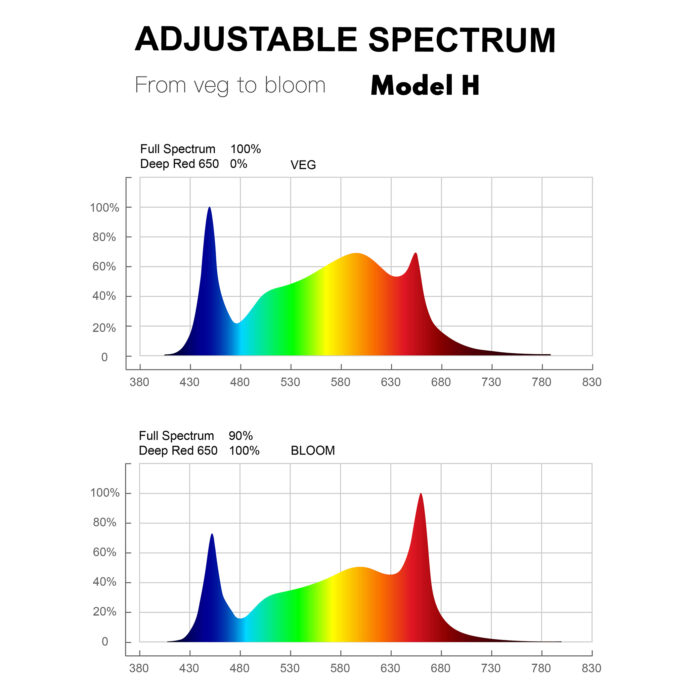









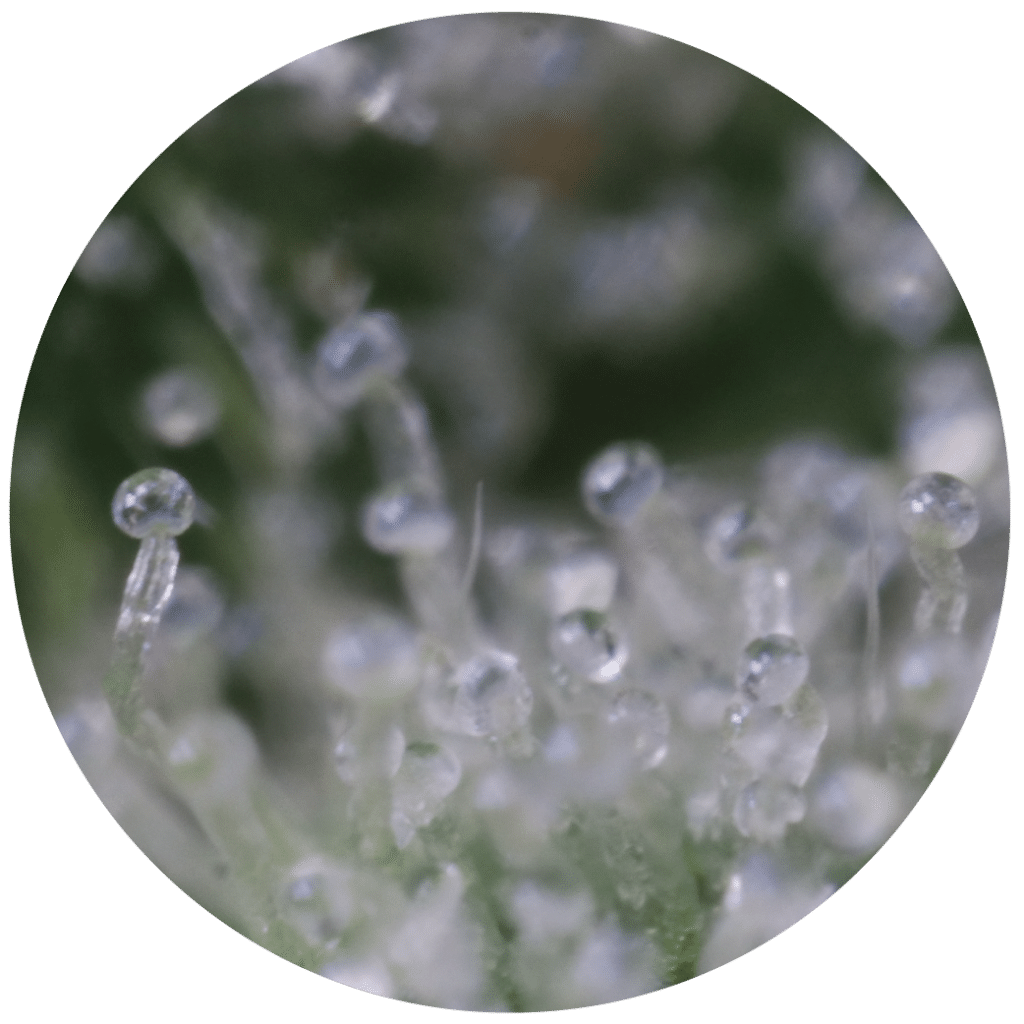
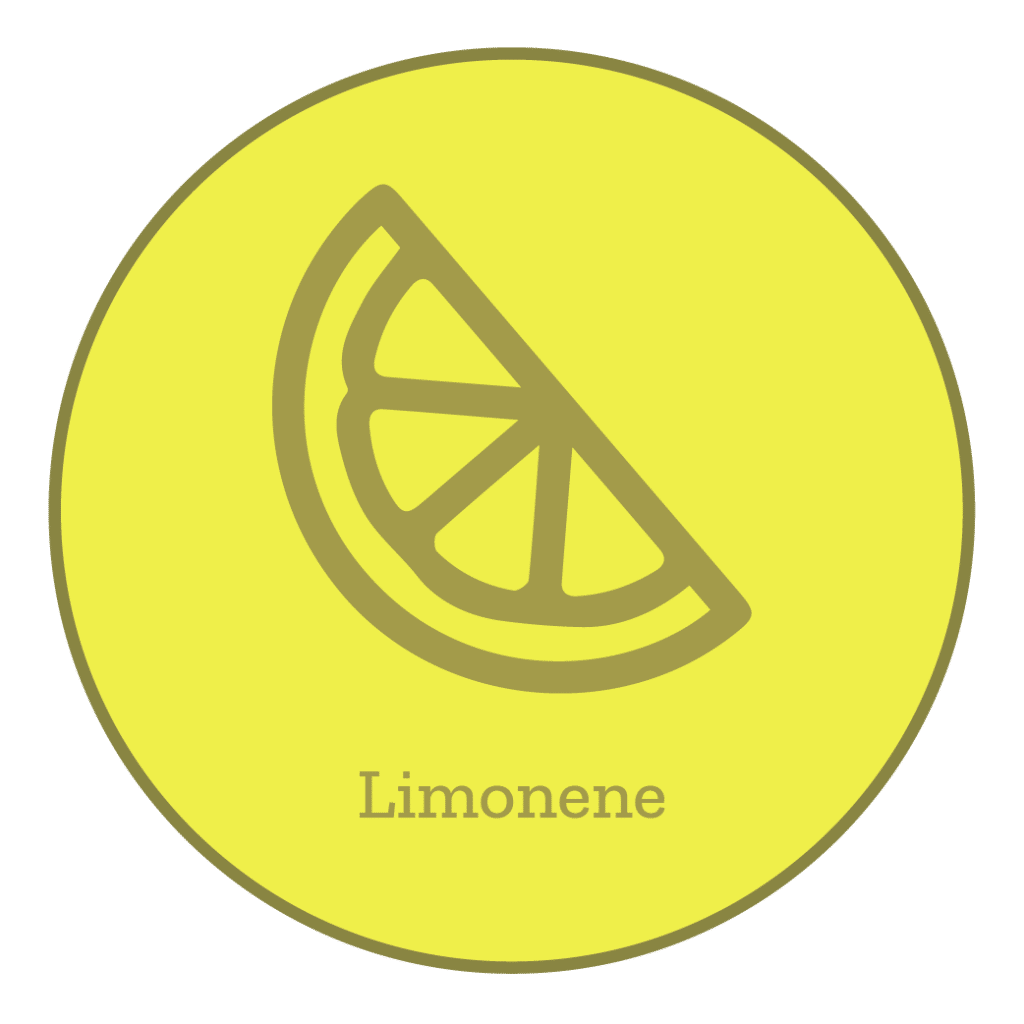

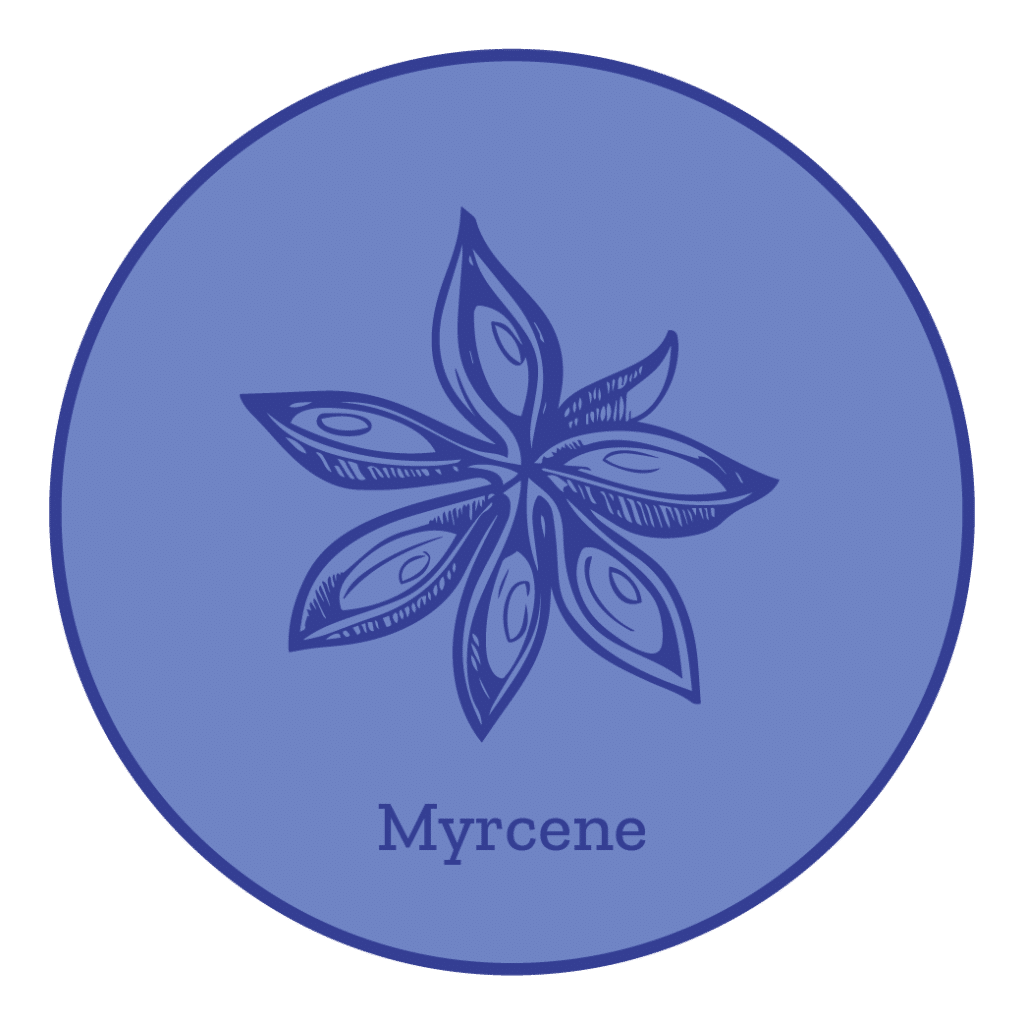

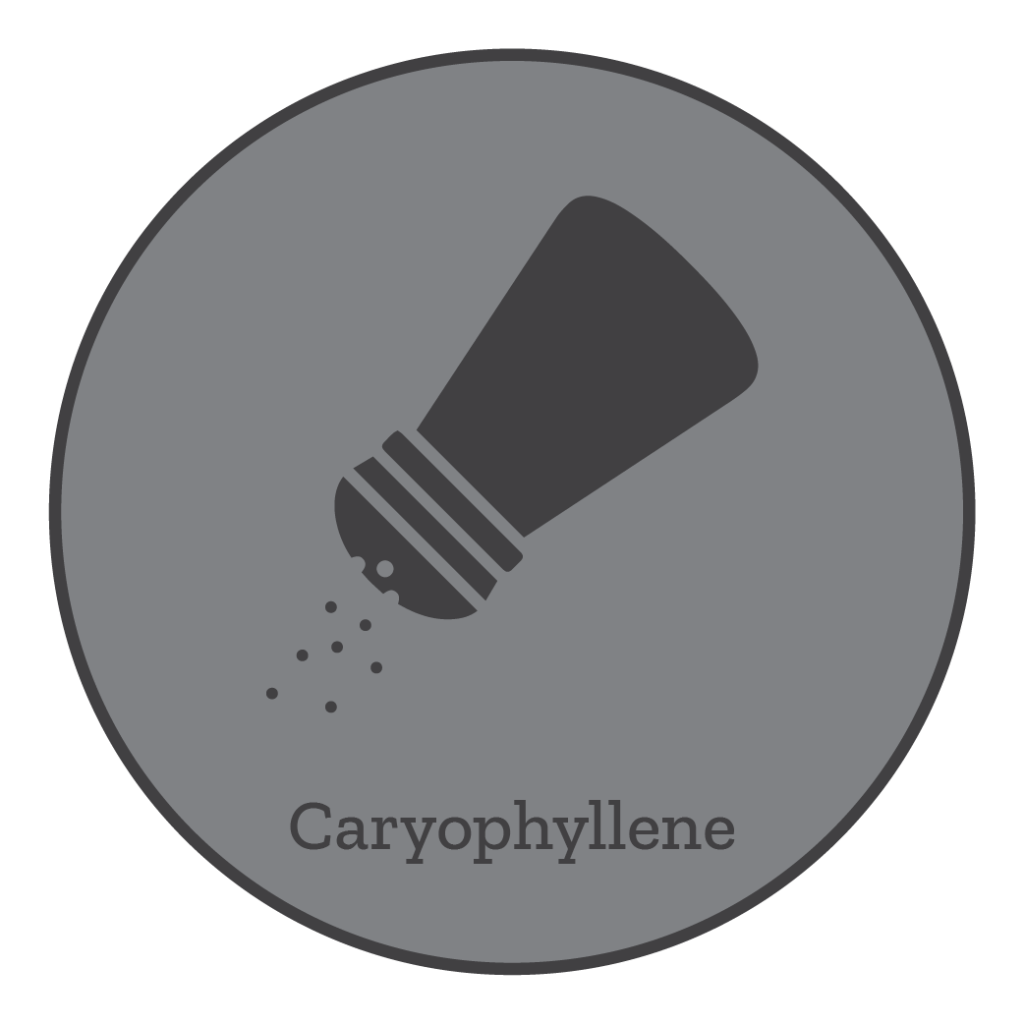
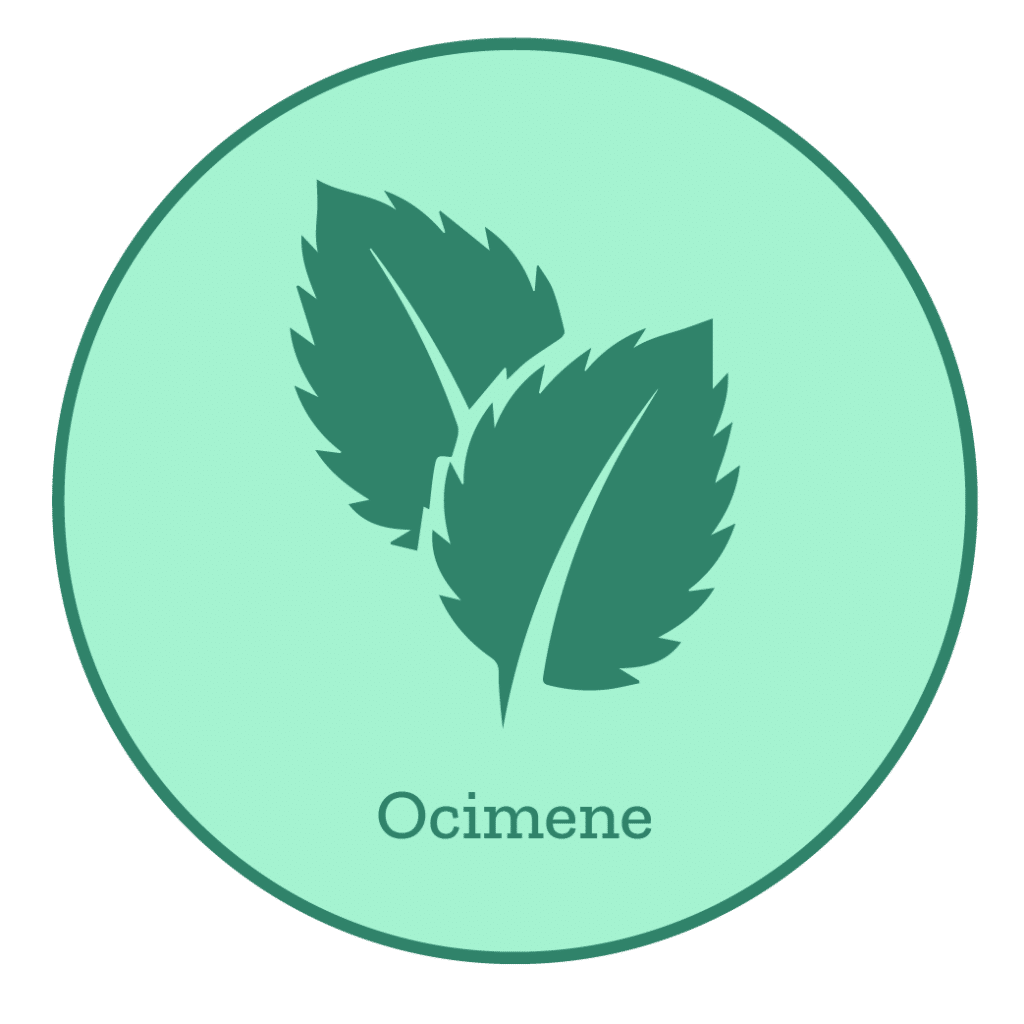
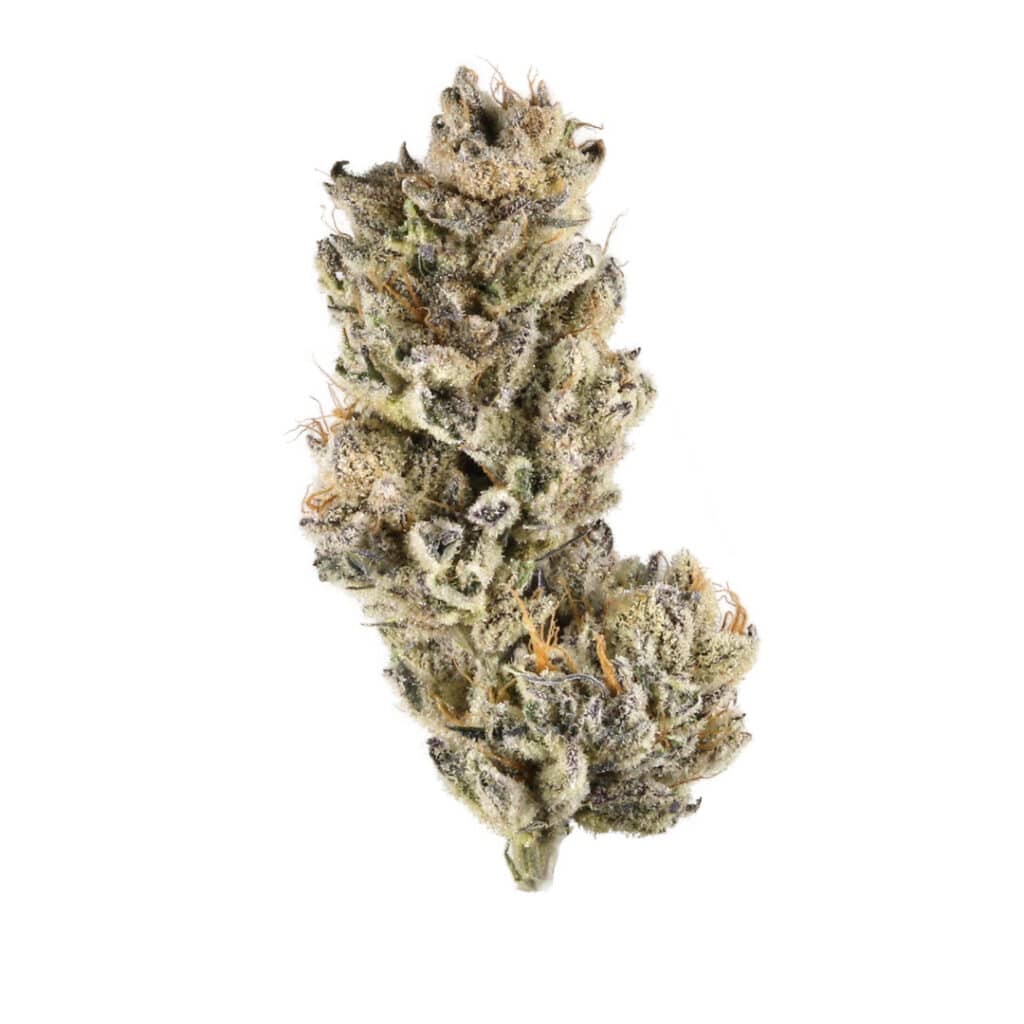
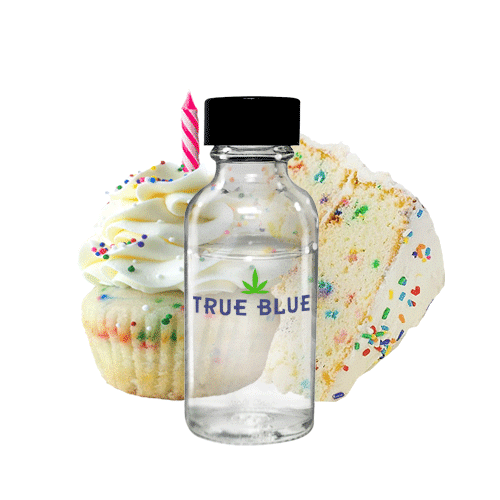

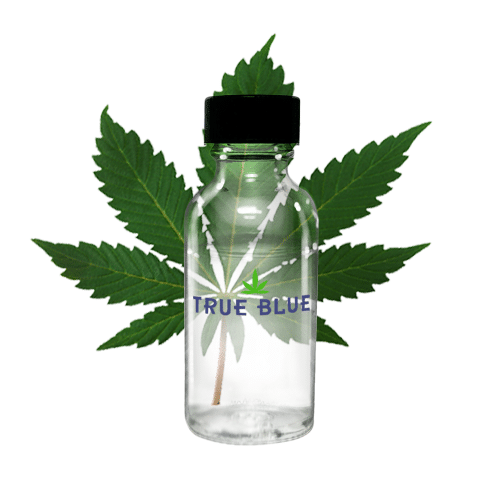






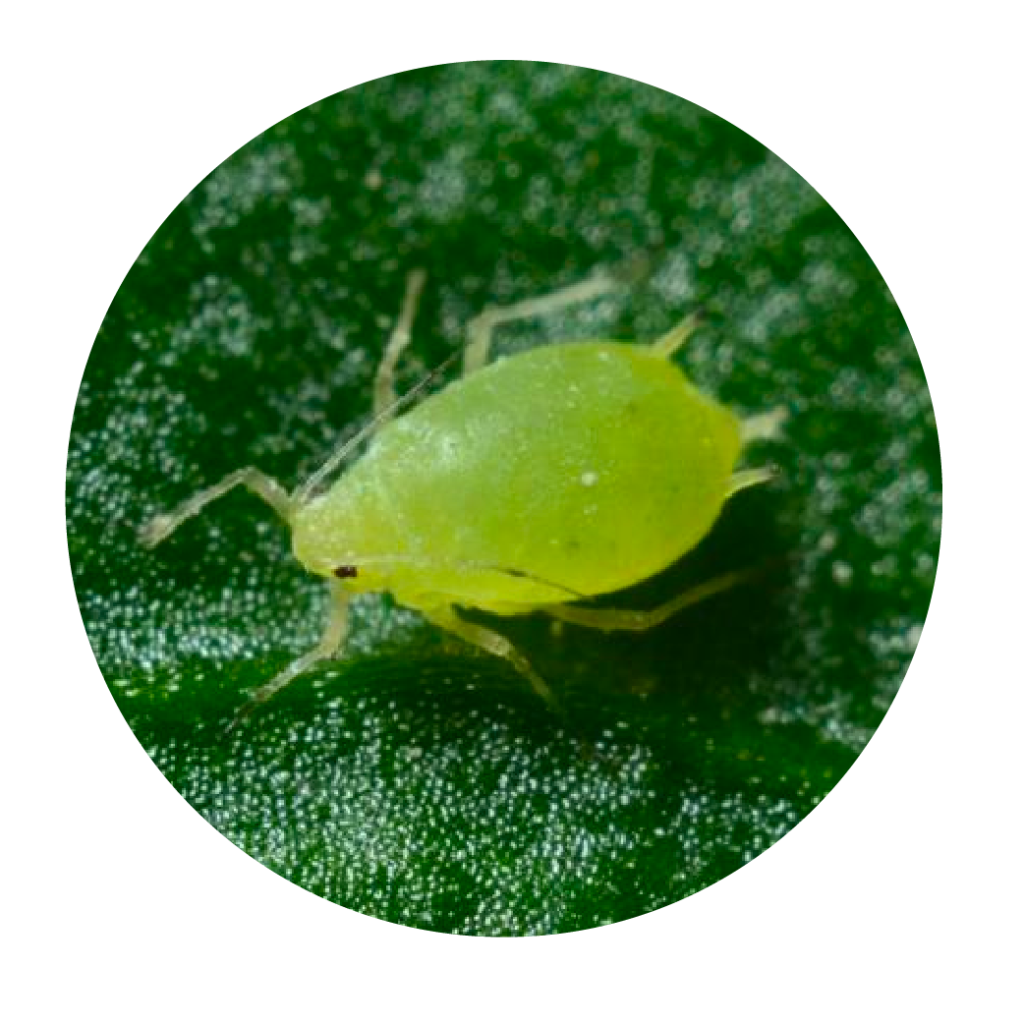
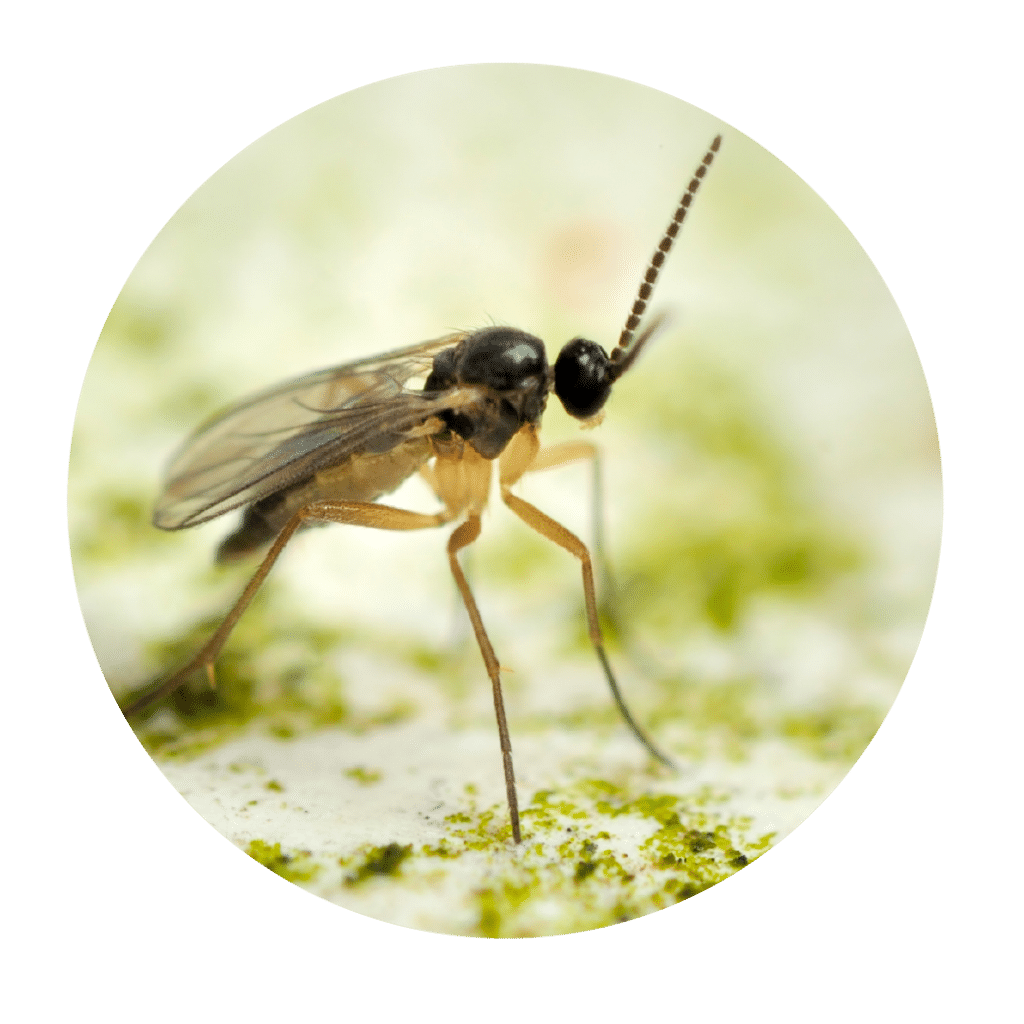
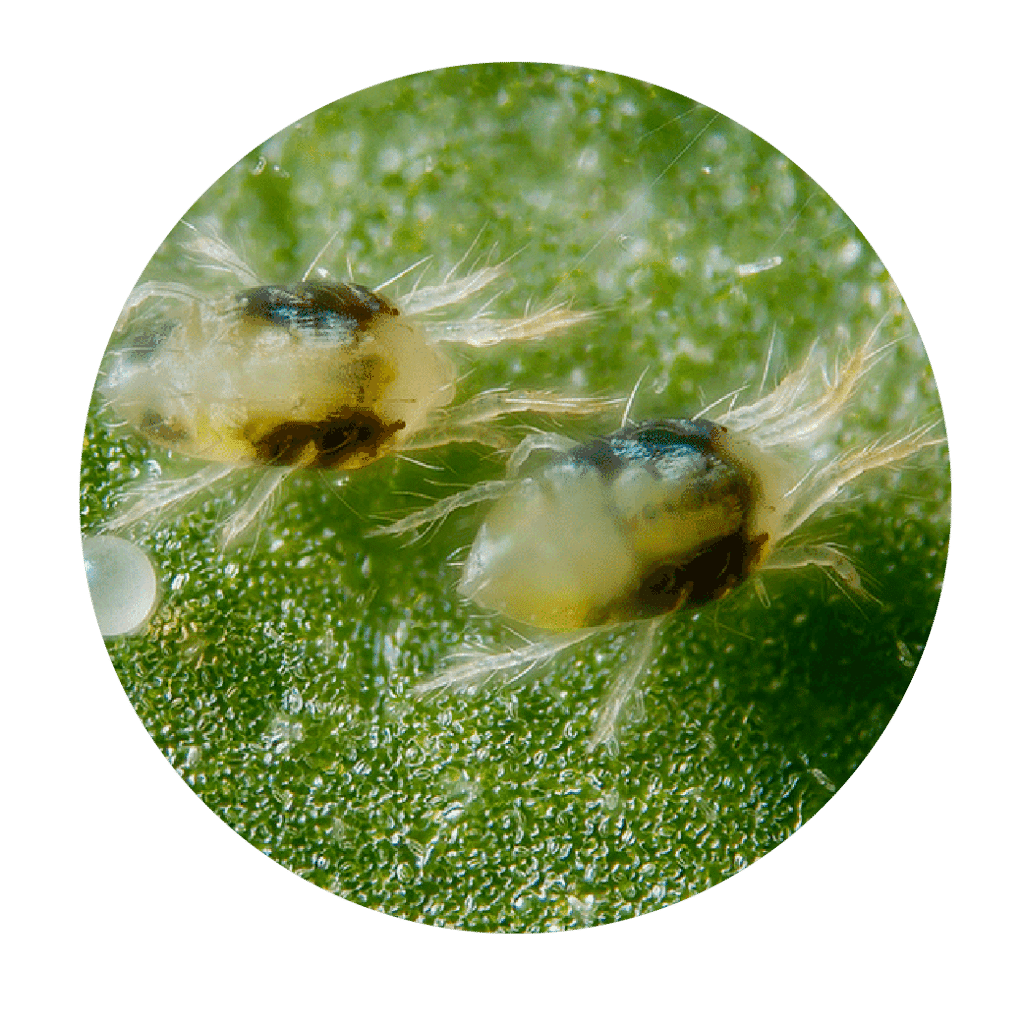
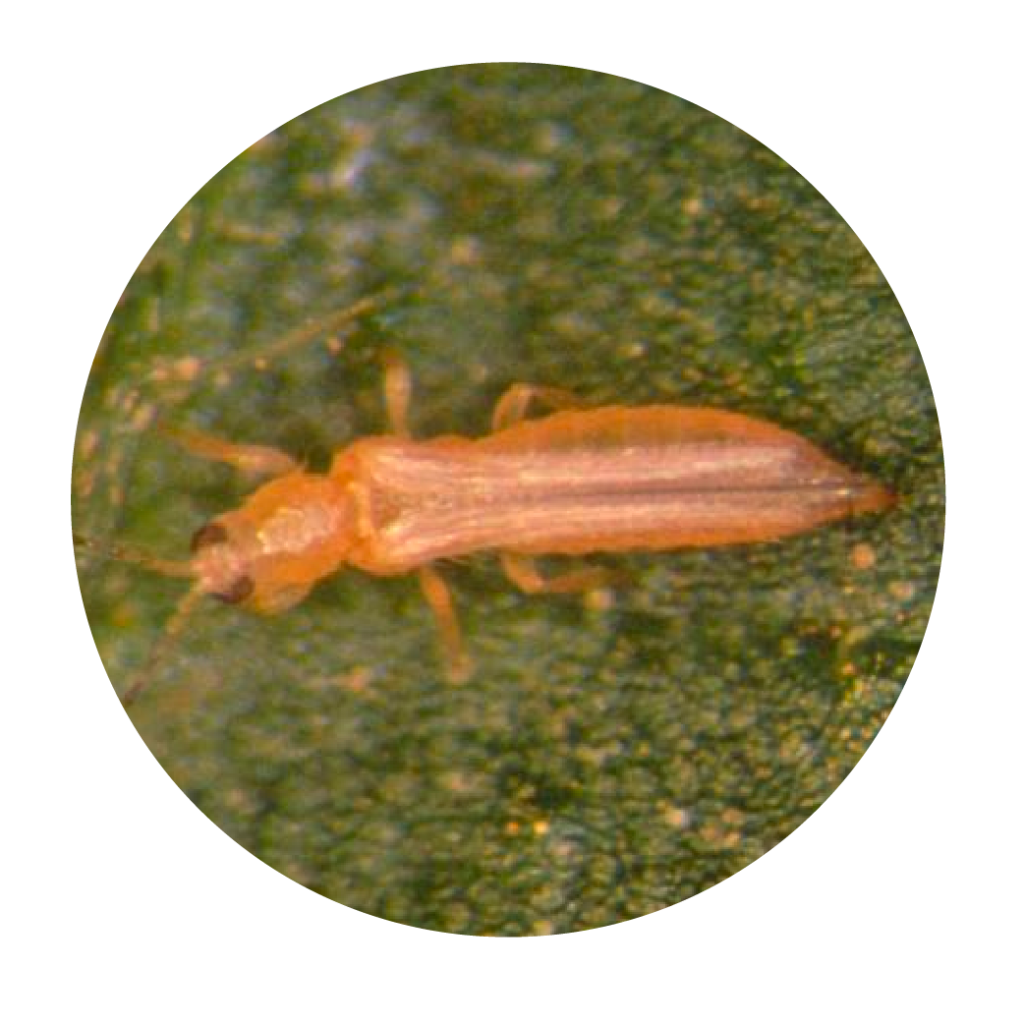
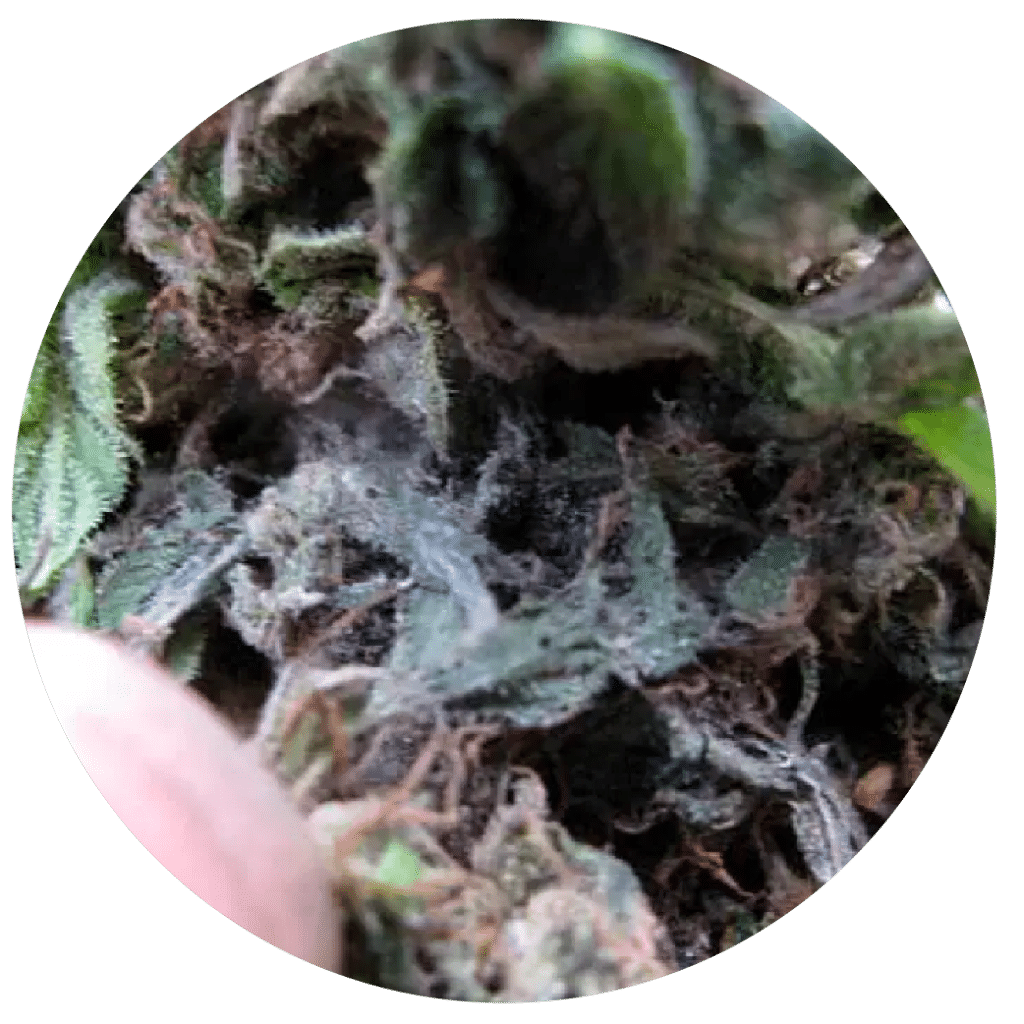
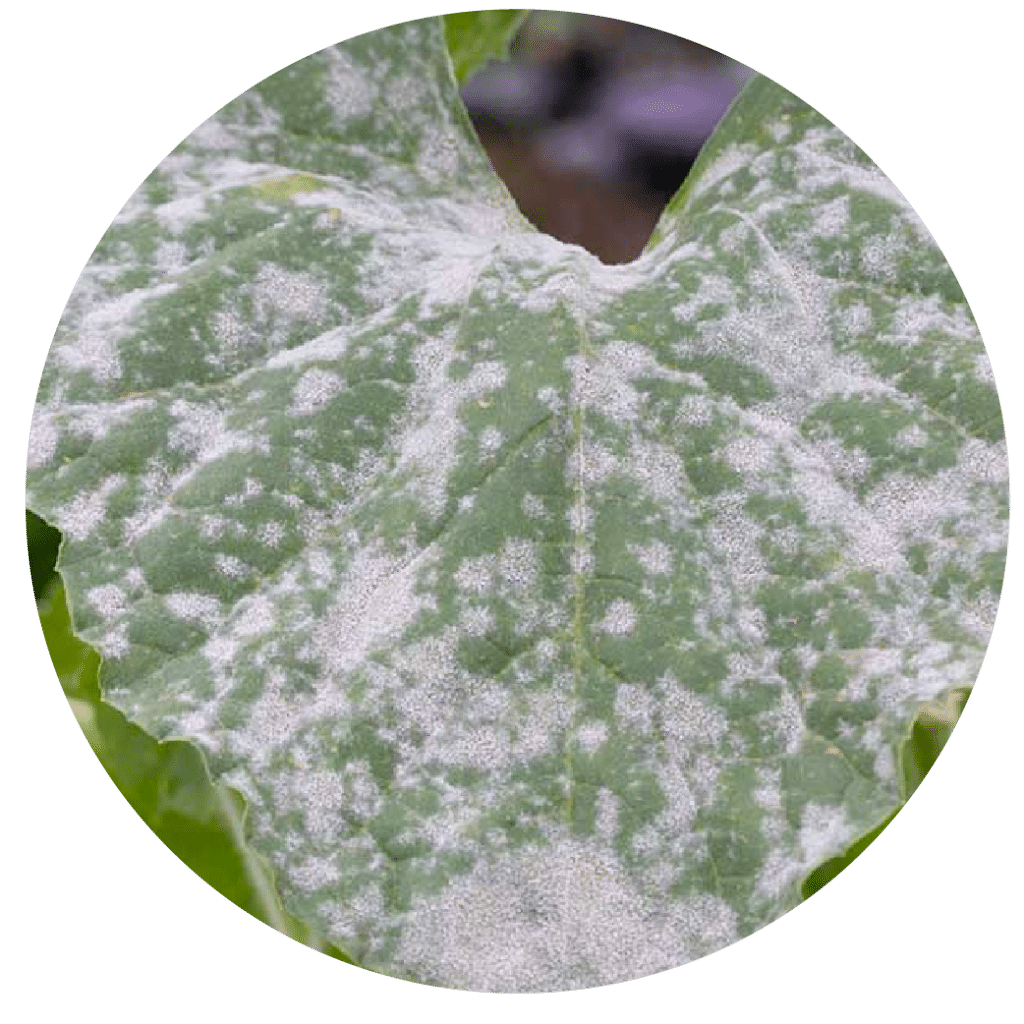
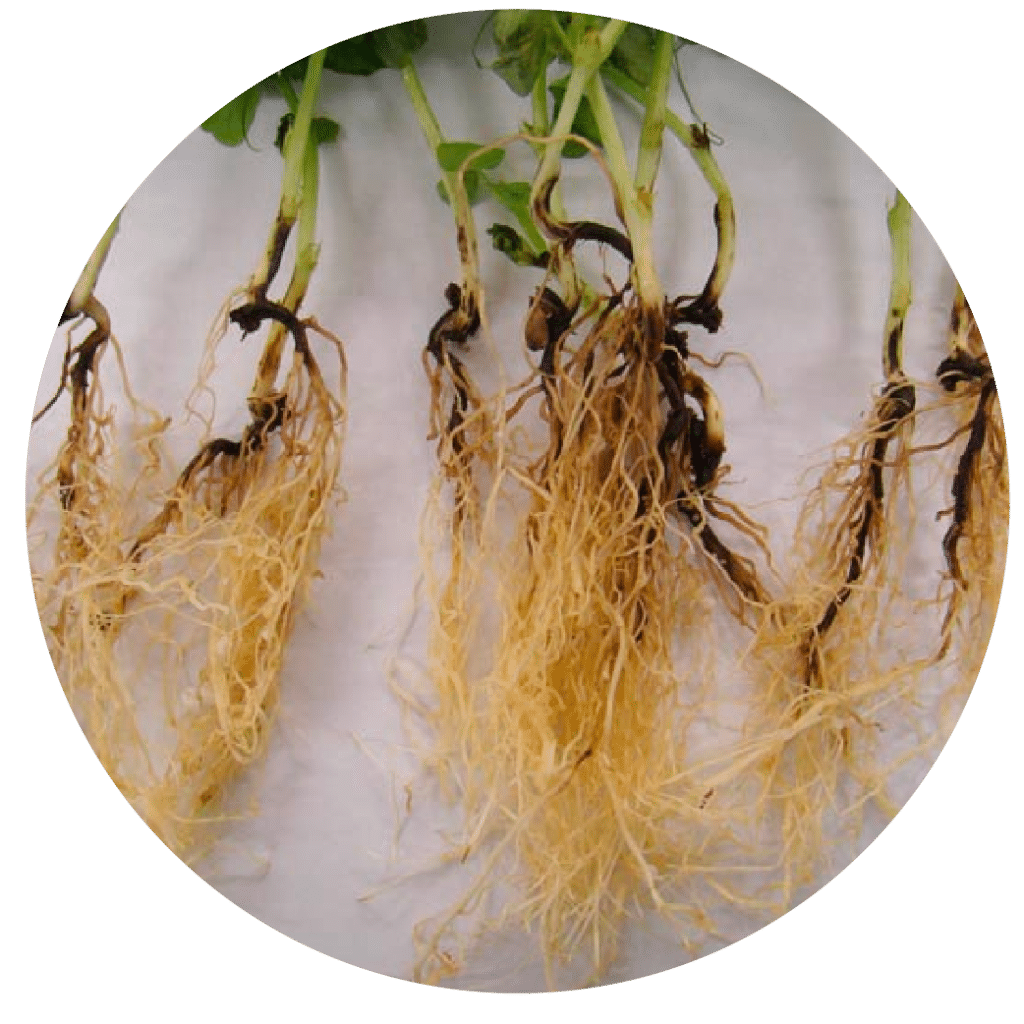
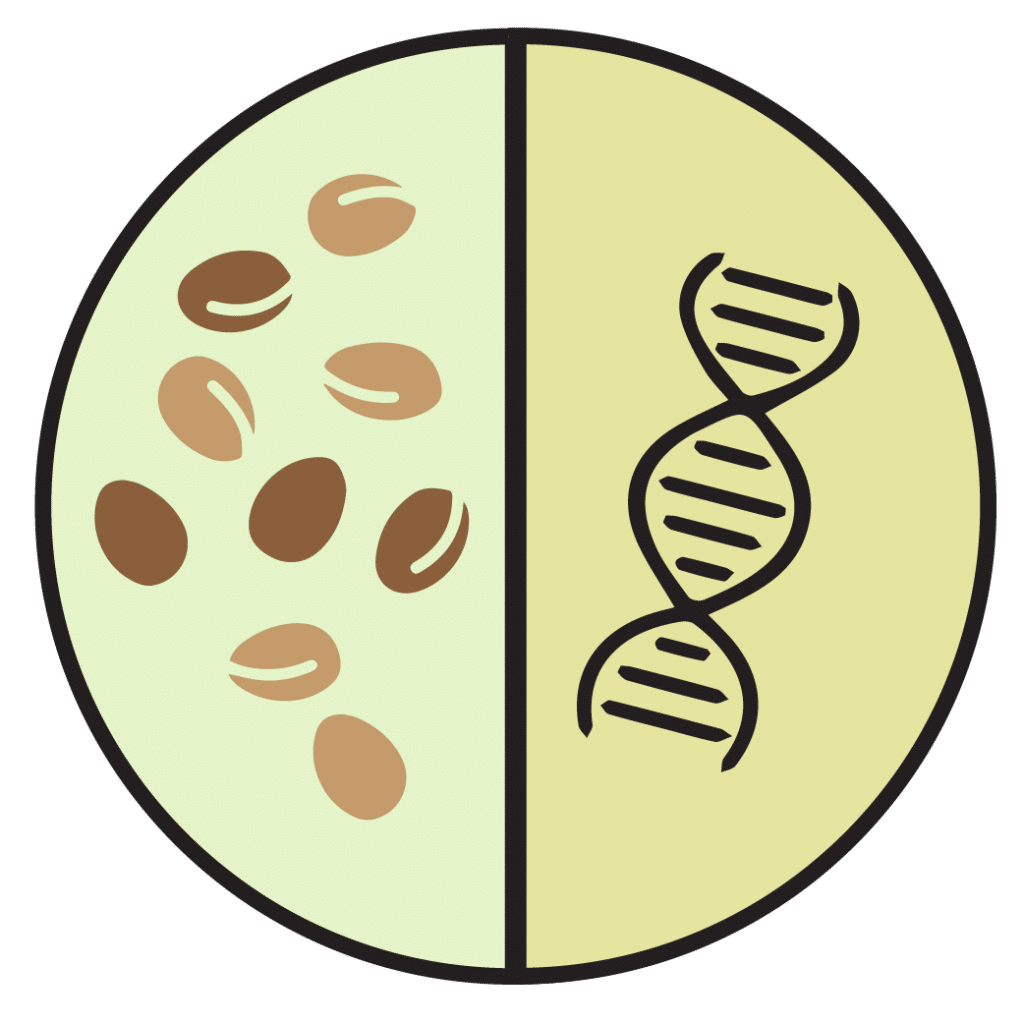










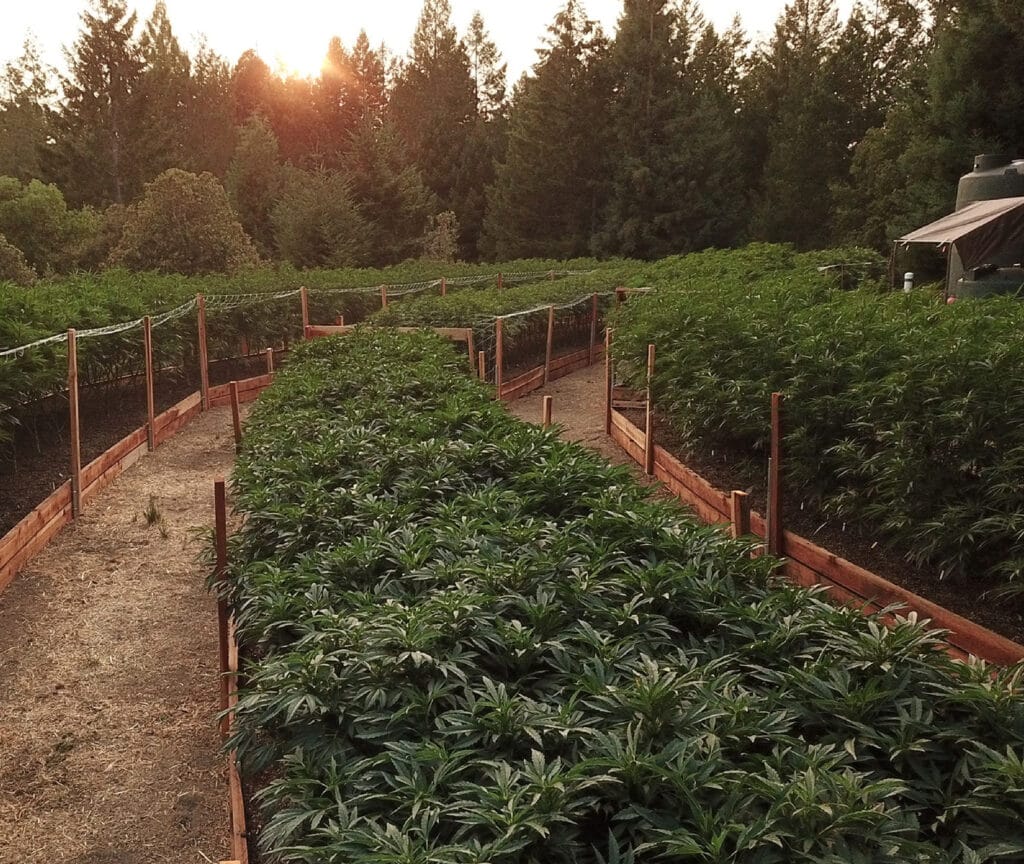
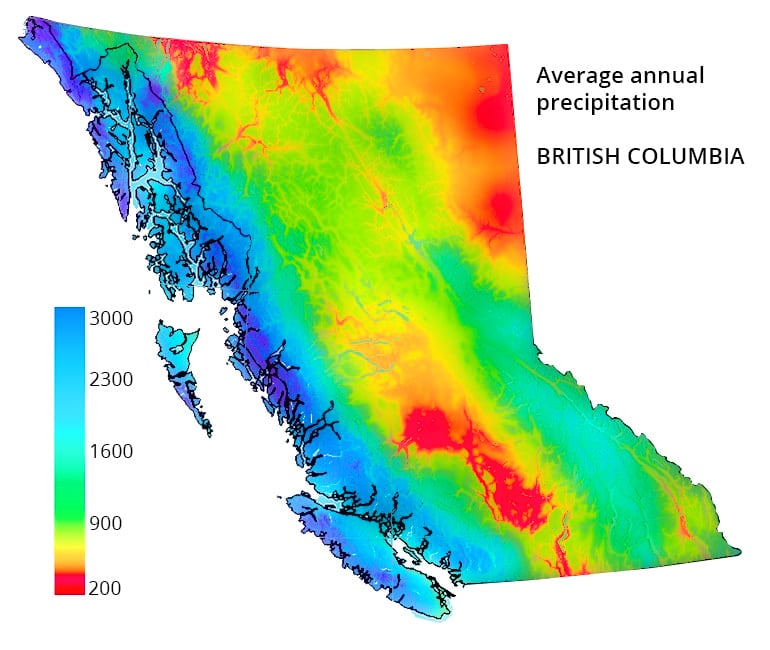
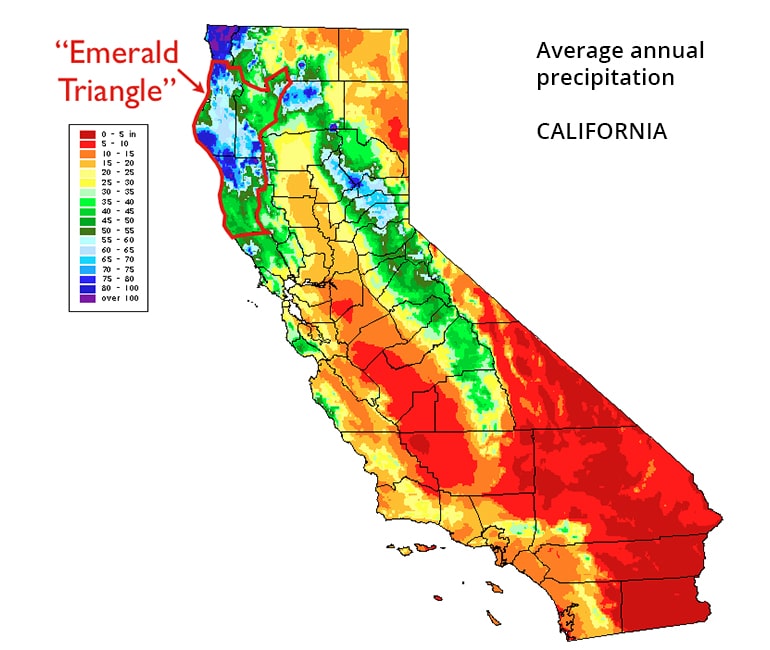
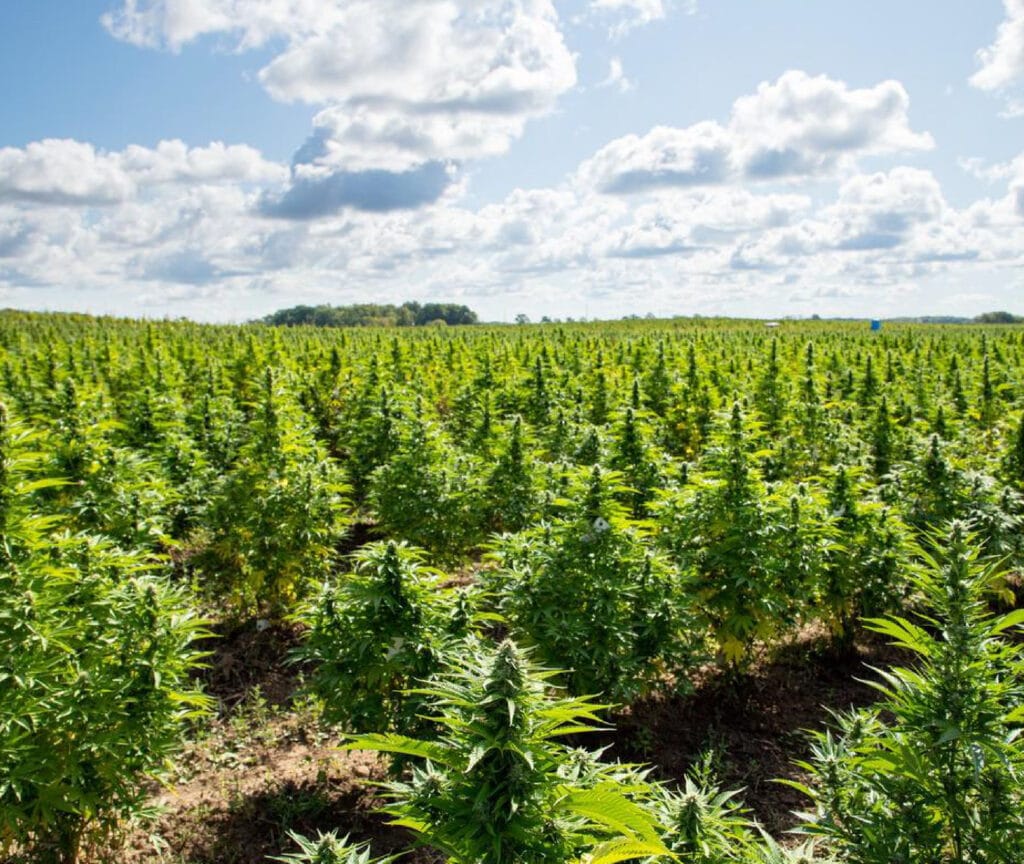
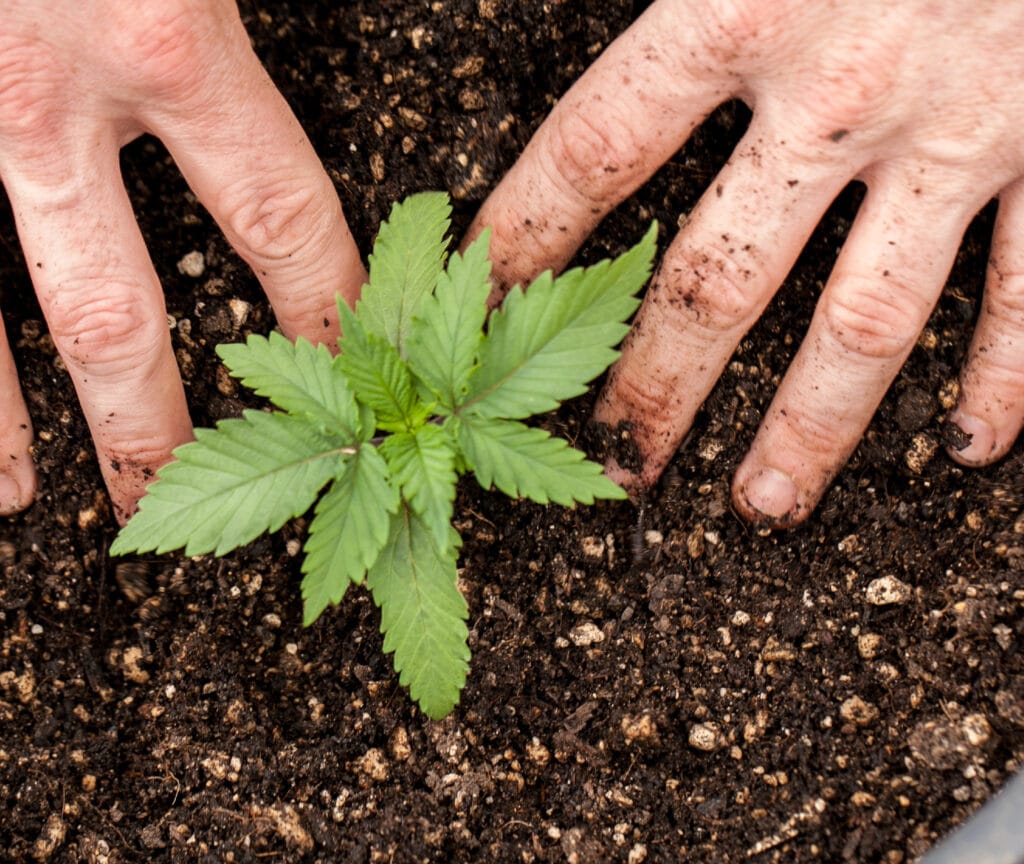


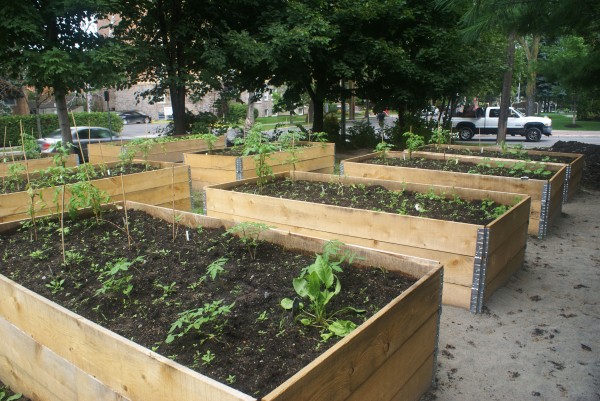
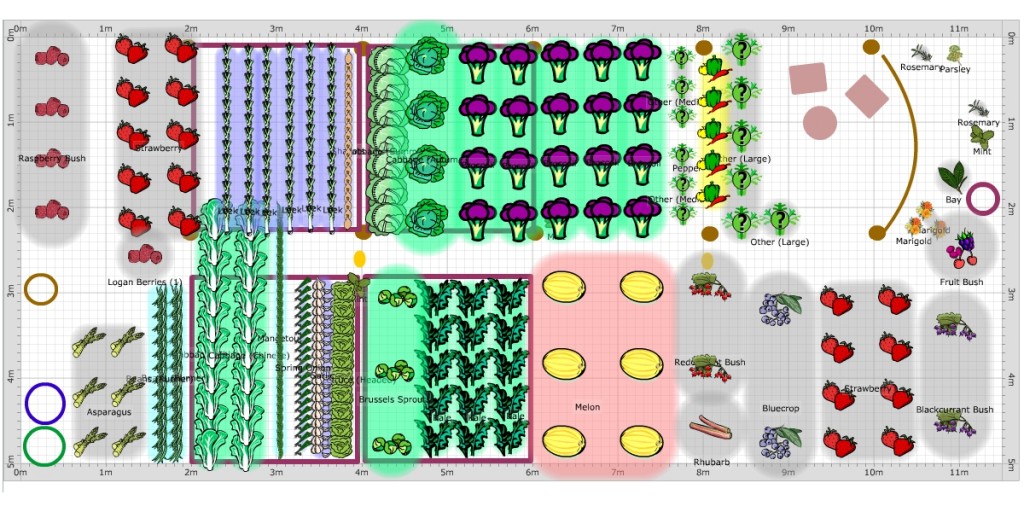




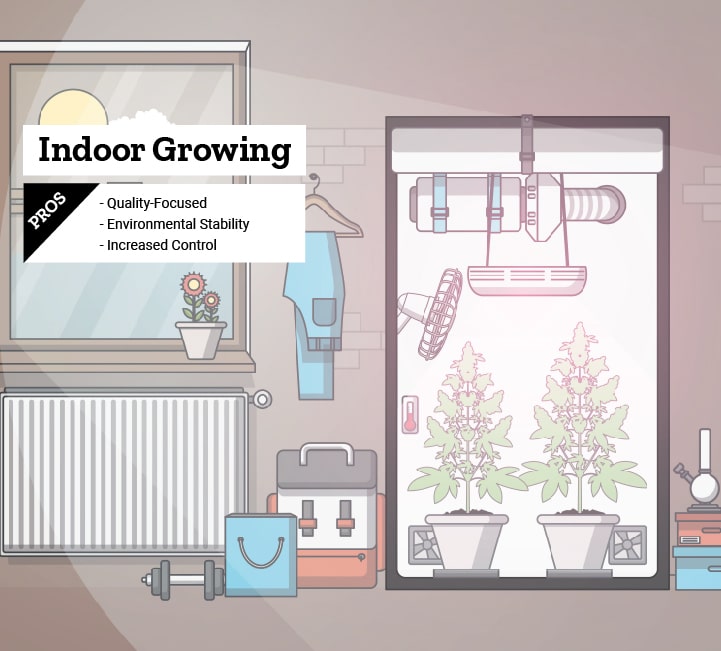

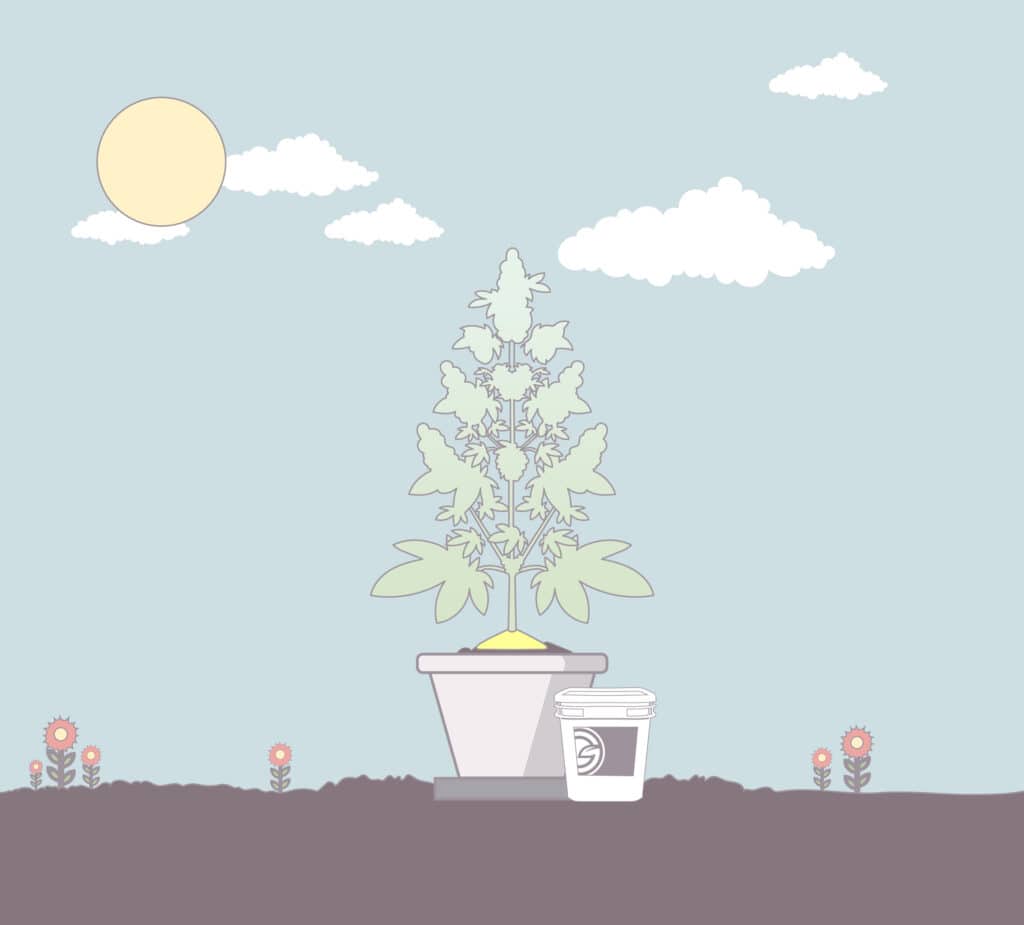
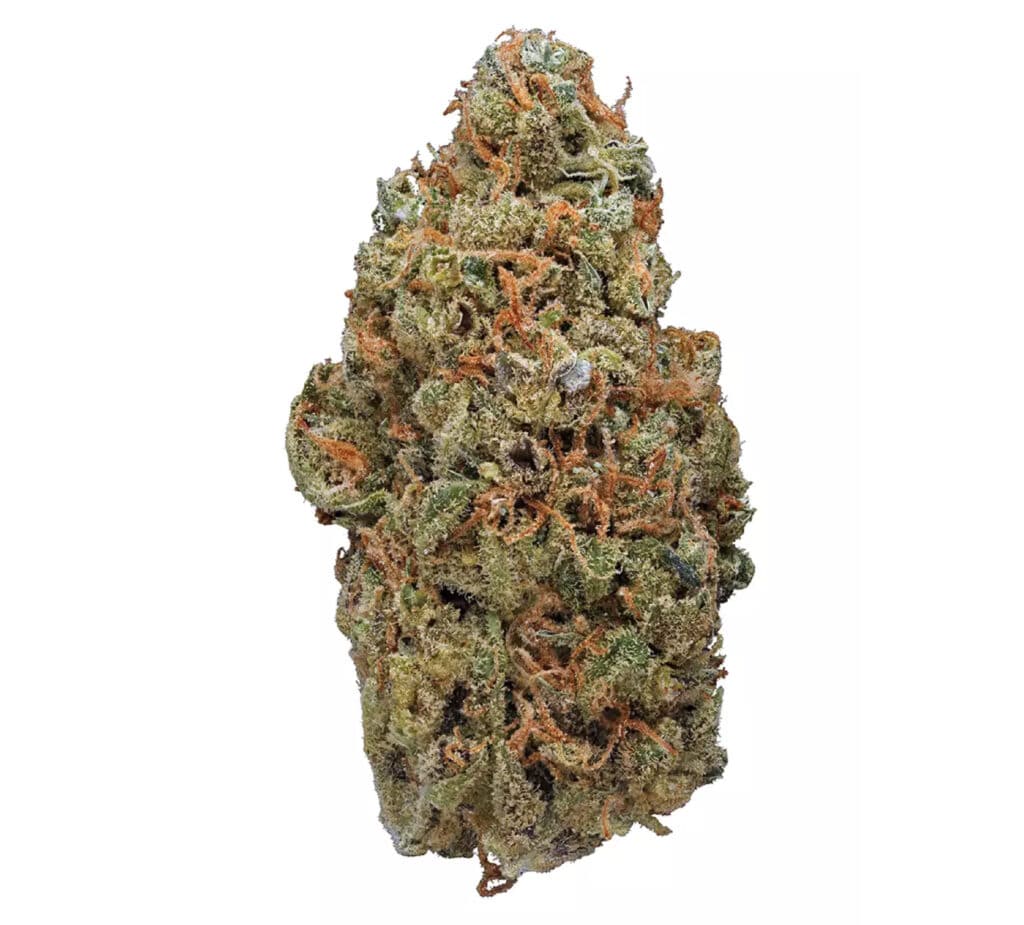
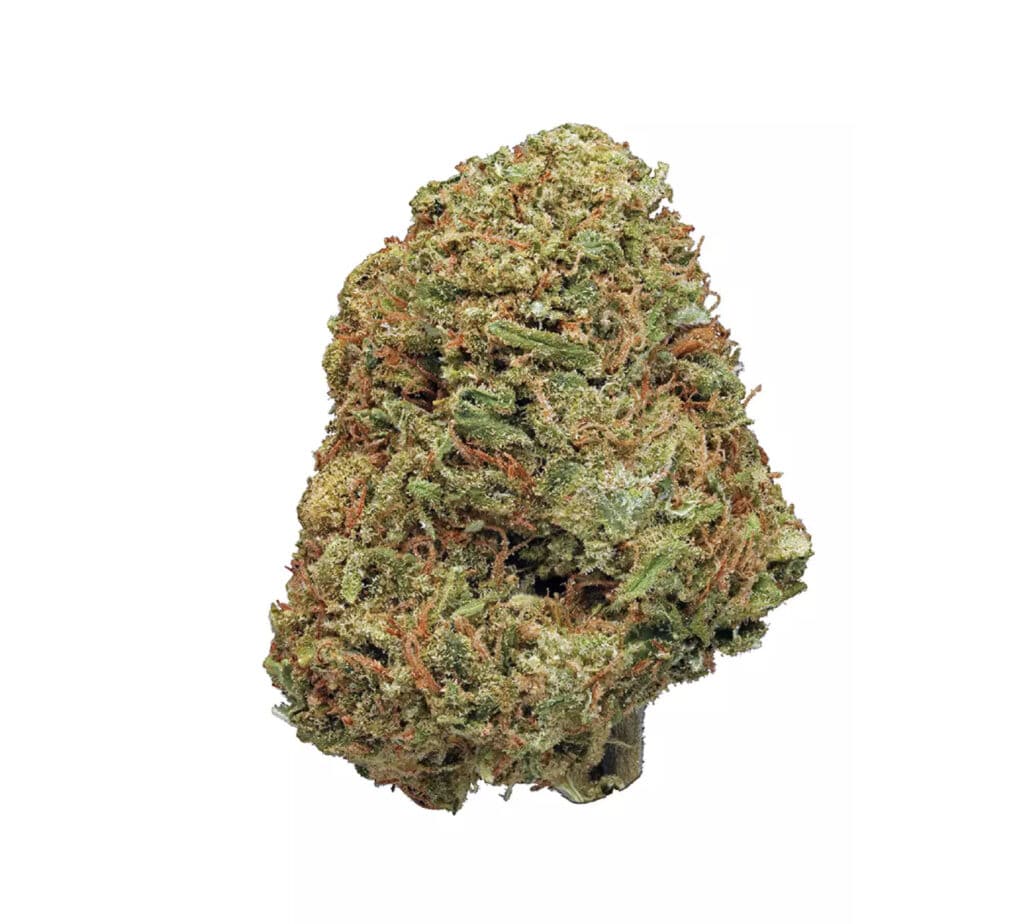



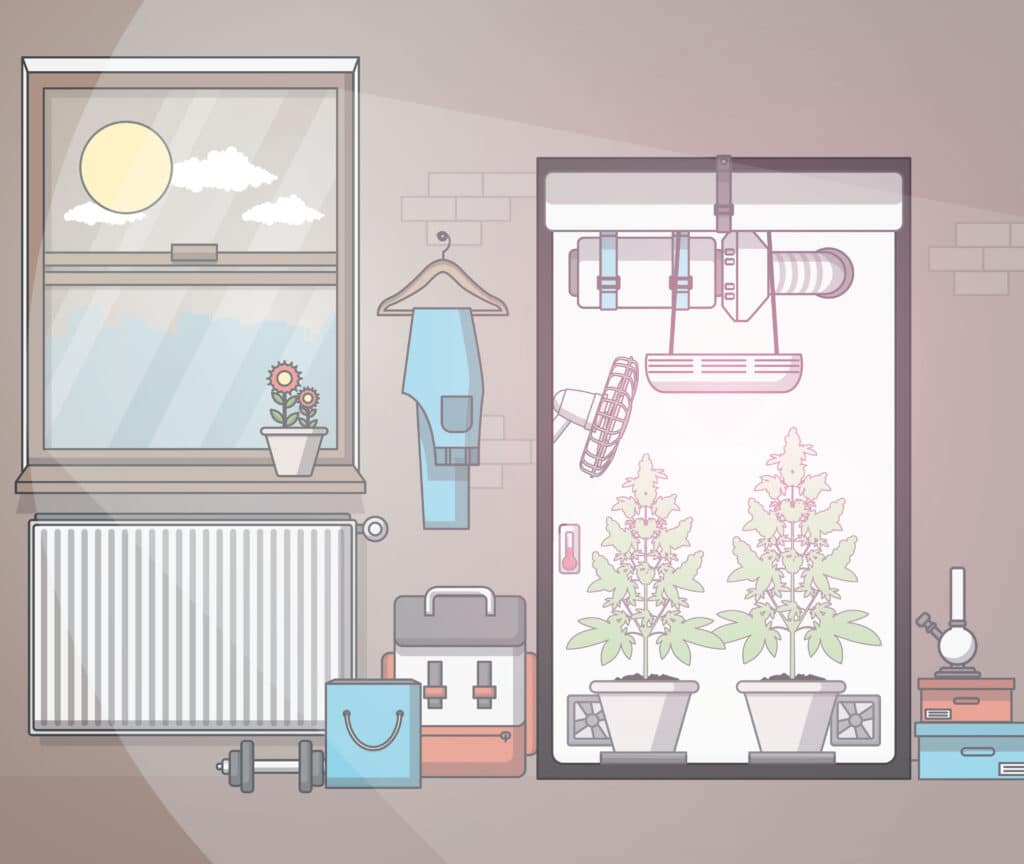
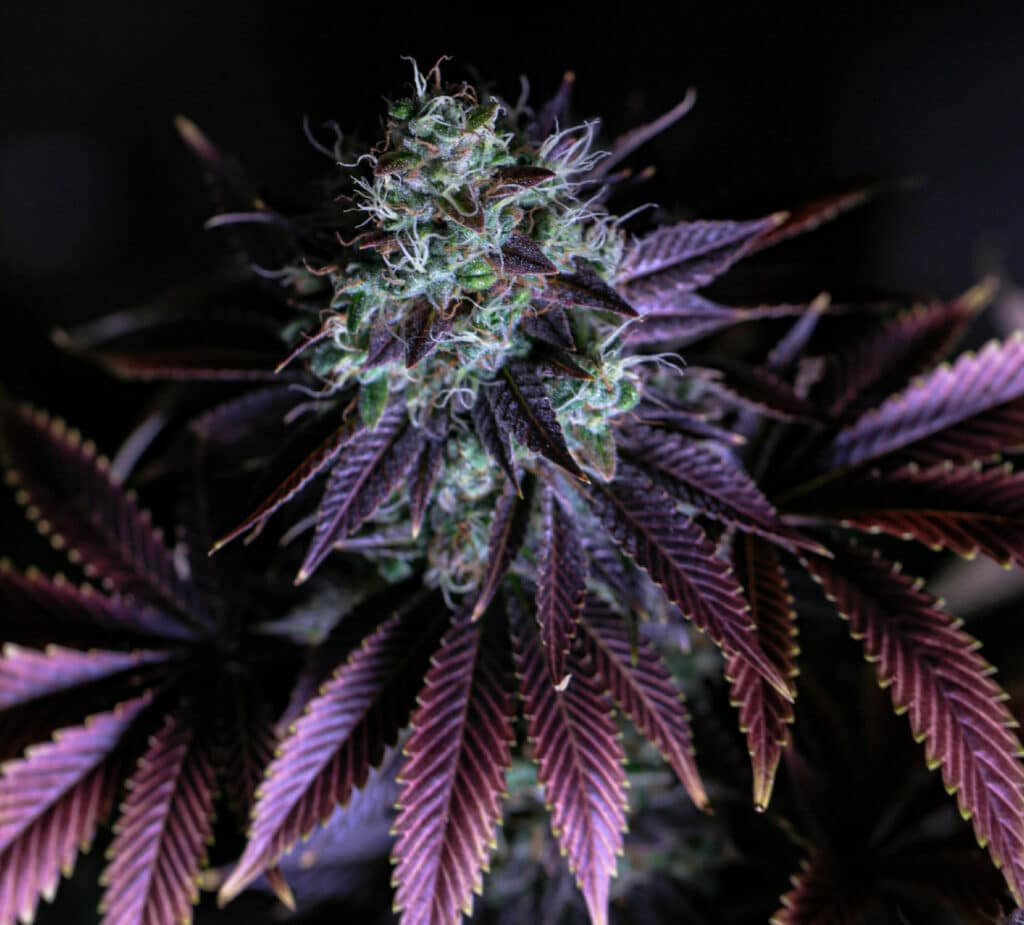
![TrolMaster Hydro-X Device Station Pack [1xDSC, 1xDSH, 1xDST, 3xDSP]](https://k4p7a2y3.delivery.rocketcdn.me/wp-content/uploads/2020/03/TrolMaster-Device-Station-6-Pack-2-324x324.jpg)




